Heritage
Mexico is the nation in Latin America with the most World Heritage Sites declared by the United Nations Educational, Scientific and Cultural Organization (UNESCO). Mexico has 35 of these extraordinary and unique places in the world.
Pre-Hispanic City And National Park Of Palenque, Chiapas (1987)
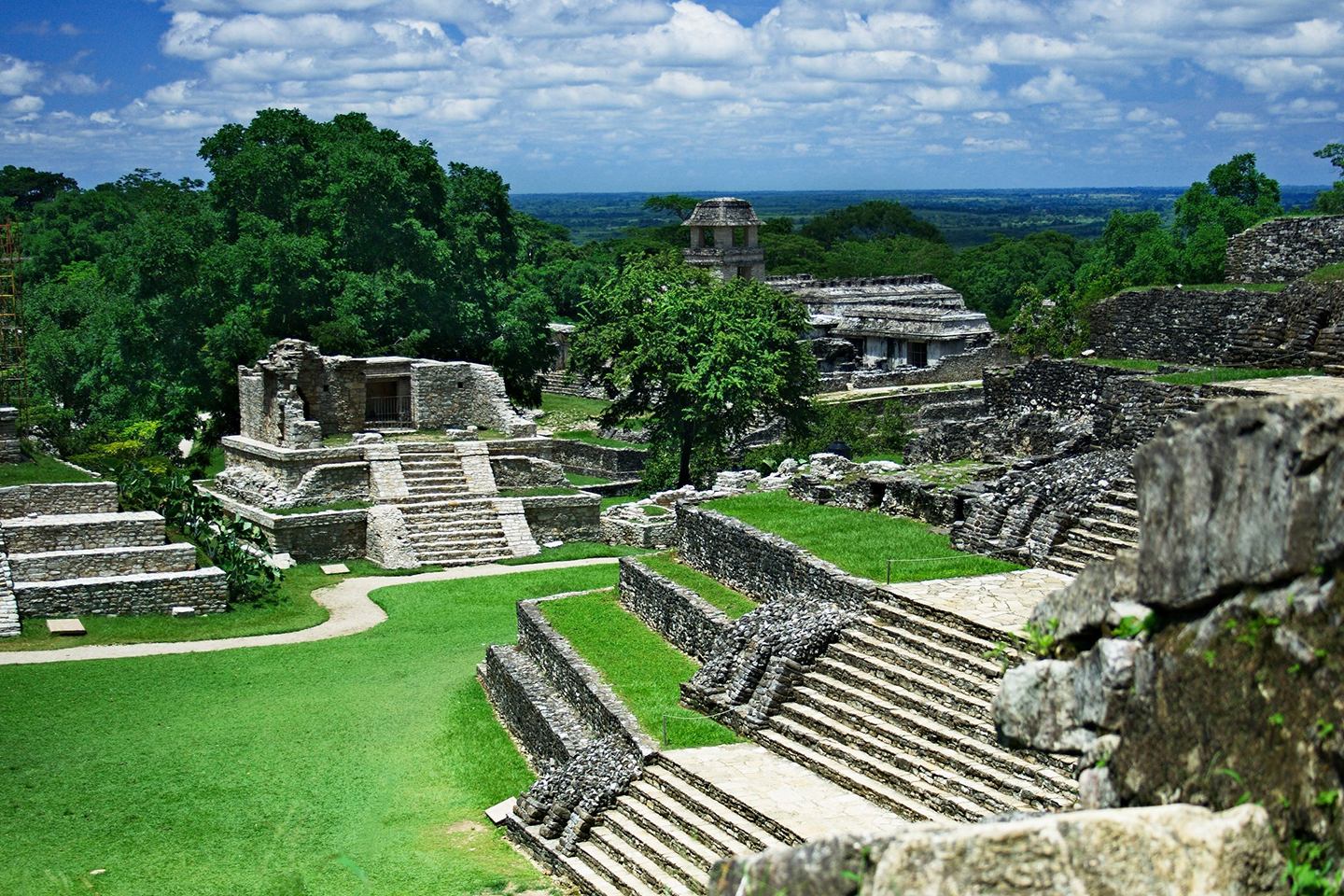
Palenque is one of the most amazing Mayan cities for its collection of sculptures and architectural design. It is in Chiapas, a short distance from the Usumacinta River.
The city was abandoned when the conquest of Mexico occurred in the 16th century. At that time it was called Otolum (land of strong houses). It was the missionary and first European explorer, Fray Lorenzo de la Nada, who called it Palenque, which means fortification.
The main structures are the Temple of Inscriptions, the Set of Crosses, the palace, the aqueduct, the Temple of the Lion, the Temple of the Count and two platforms that are believed to have been built for the pre-Hispanic ball game.
Historic Center of Puebla (1987)
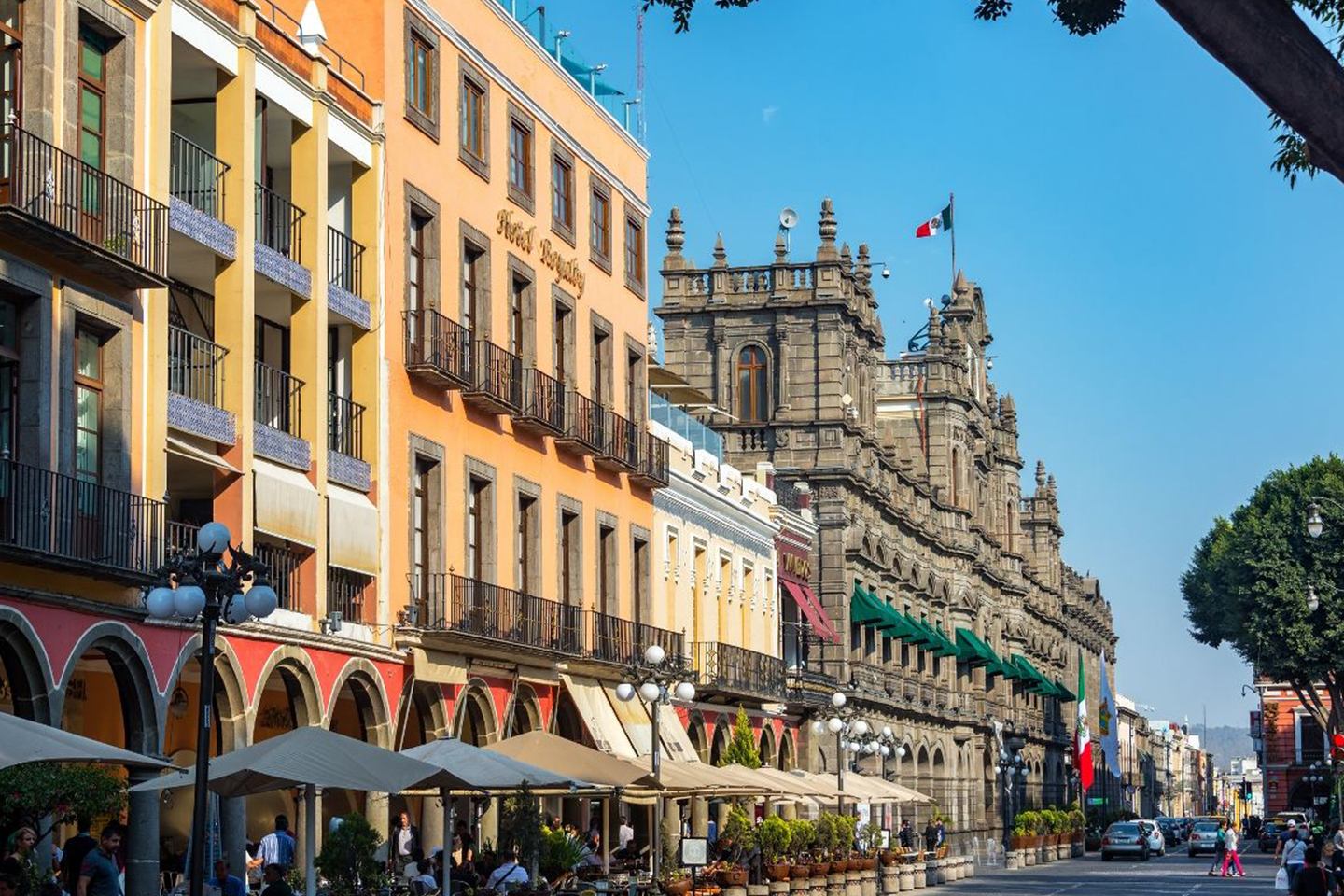
Puebla was founded on the shore of the Popocatépetl volcano in 1531. Almost 500 years later it preserves great palaces such as the archbishopric; Huge and beautiful religious buildings like the Puebla Cathedral and the Capilla del Rosario and traditional houses with quarry walls covered with tiles throughout the city center.
These structures are the result of the fusion of European and American architecture during the viceregal era.
In the historic center of Puebla you will also find 2,619 fascinating historical monuments and of great value to visit.
Pre-Hispanic City of Teotihuacán, State of Mexico (1987)
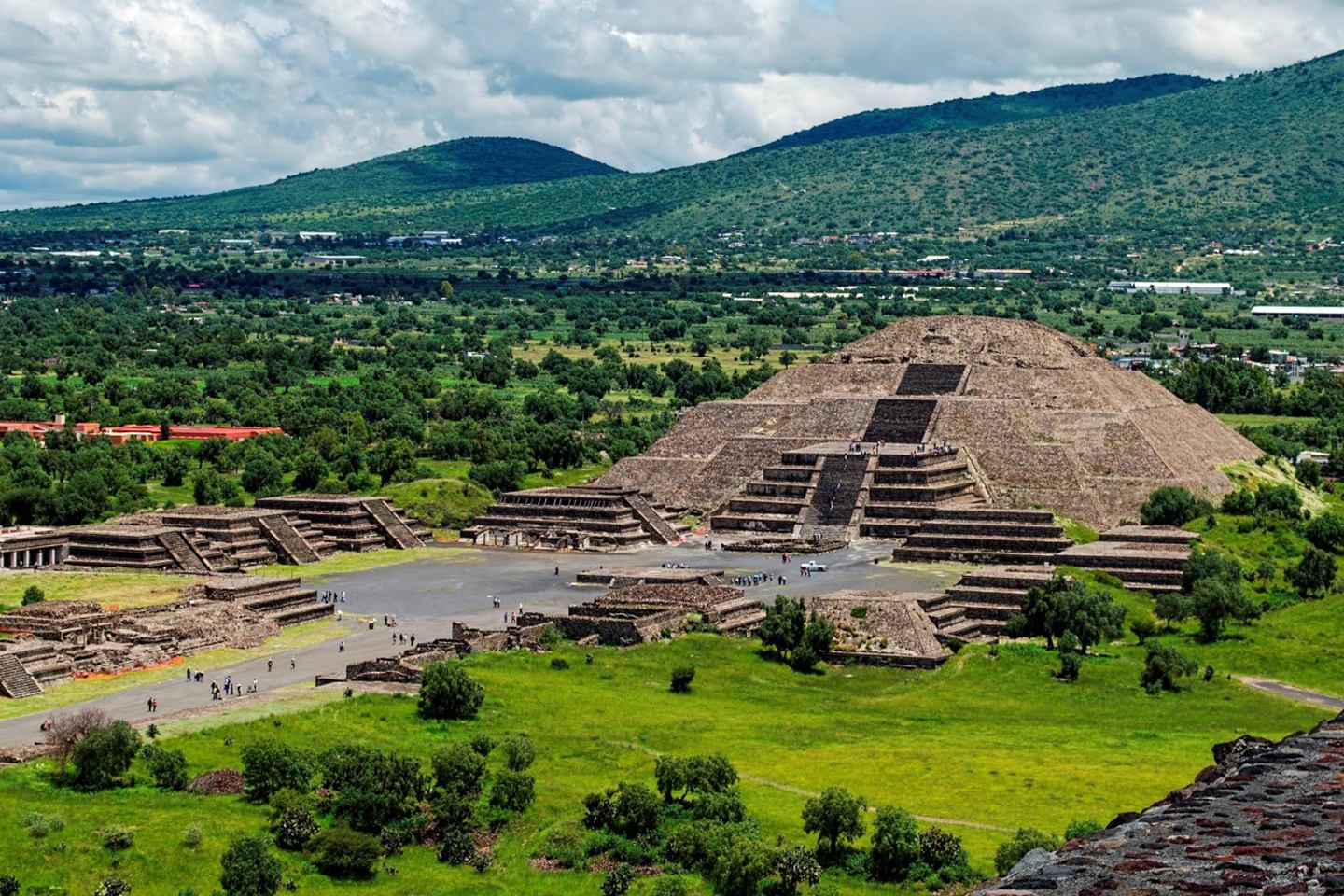
In the center of the complex you will find the Calzada de los Muertos that joins the three most important buildings of the site: the Temple of Quetzalcóatl, the Pyramid of the Sun and the Pyramid of the Moon. Reaching its peaks guarantees an unforgettable experience.
Also visit the archaeological zone of the Atetelco Palace, the Zacuala Palace and fascinating museums.
Historic Center Of Oaxaca And Archaeological Zone Of Monte Alban(1987)
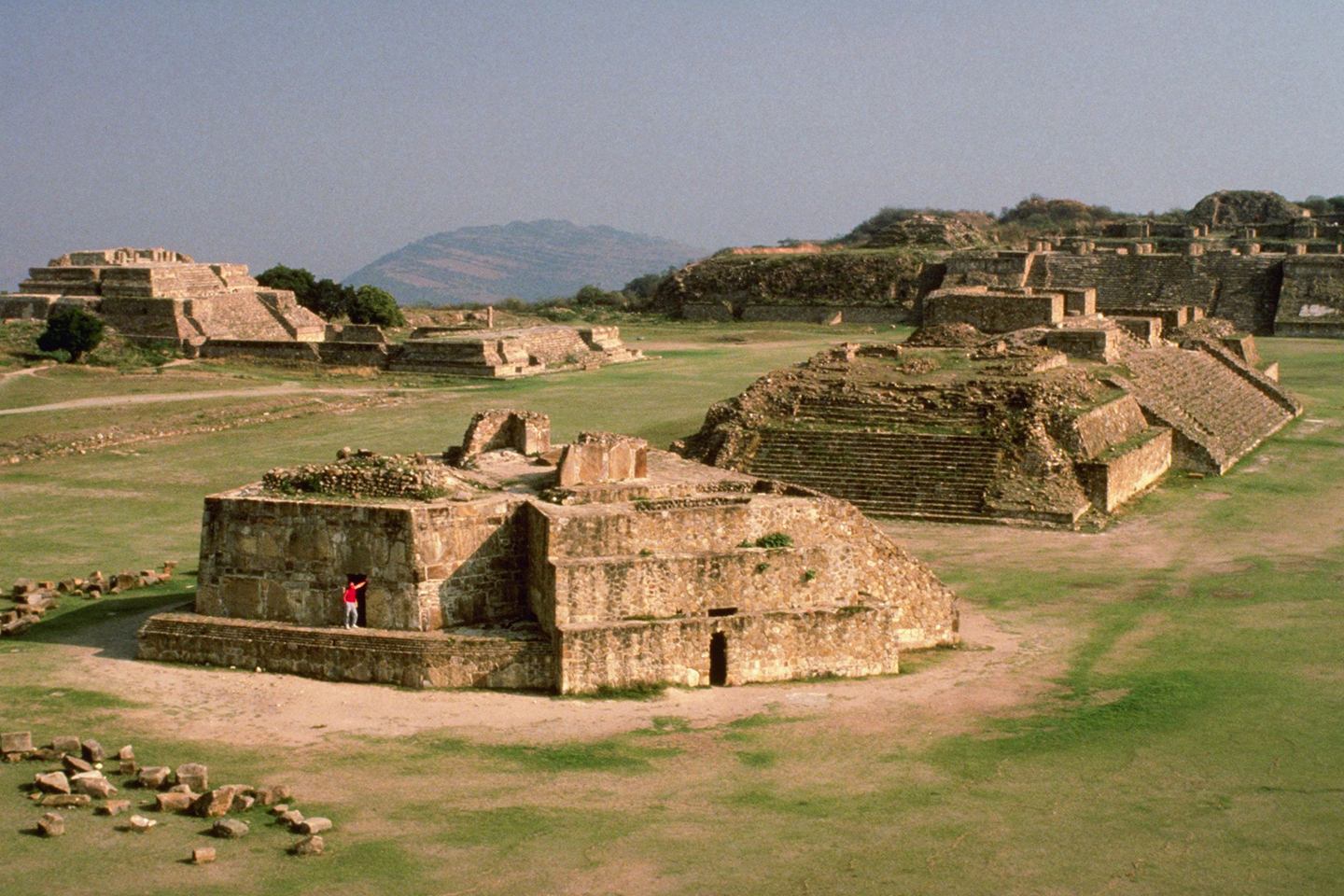
Monte Albán was the place of the Mixtecs, Olmecs and Zapotecs for 500 years. Now an archaeological site with numerous monuments and pieces such as Los Danzantes, human figures that seem to dance drawn on stones.
All its pyramids, canals, artificial mounds, dikes, and embankments were carved directly from the mountain. At its 500 meters high a fantastic and memorable panoramic view is gained.
In the vicinity of Monte Alban you will find the city of Oaxaca, a beautiful example of Spanish colonial urbanism.
The huge and solid buildings in its historic center are architectural works of art, showing that its construction was adapted to the seismic conditions of the region.
Historic Center of Mexico City and Xochimilco, Mexico City (1987)
The historic center of Mexico City was born before the arrival of the Spanish. There was the ancient Tenochtitlán and in it the capital of New Spain was built.
Coyoacán, Iztapalapa, Tacuba and Tepeyac originate from the historic center, four of the most important roads in the city. It was chosen as a World Heritage Site for its great historical relevance in the country during various times.
There you will find temples, buildings, palaces, public squares, museums and important markets.
Pre-Hispanic City of Chichén Itzá, Yucatán (1988)
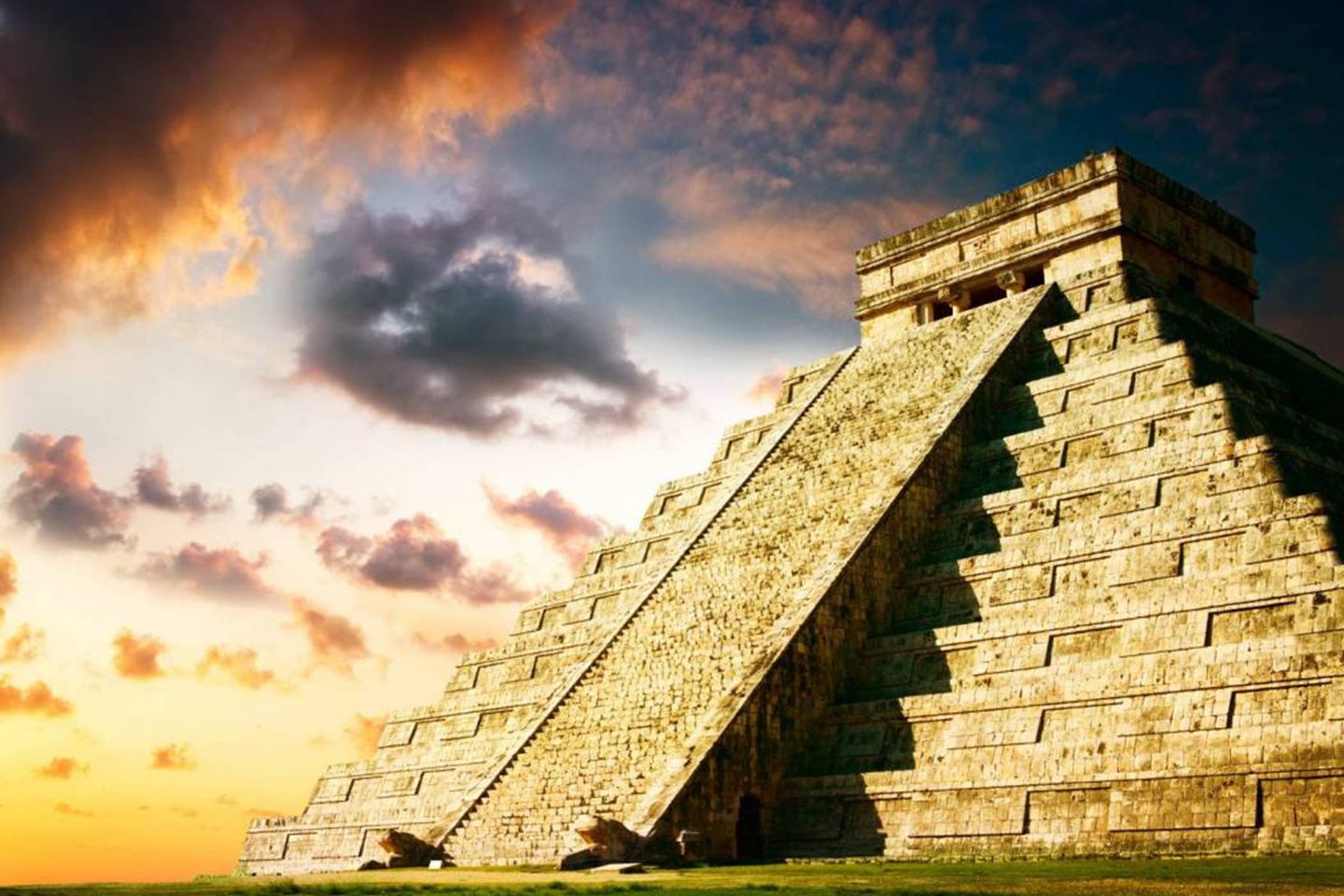
Chichén Itzá, in the Yucatán peninsula, was one of the most influential centers in the Mayan civilization.
Its more than a thousand years of history and cultures show the vision of the world and the universe, which the Mayans and Toltecs left behind in their works of art and stone monuments.
The observatory known as the Caracol, the Temple of the Warriors and the Castle, are three of the most important buildings that have withstood the passage of time and that you can visit in Chichén Itzá.
Historic City Of Guanajuato And Adjacent Mines (1988)
The architectural, baroque and neoclassical style of the city of Guanajuato, driven by the prosperity of mining, influenced the urbanism and architecture of the area.
Two examples of this are the Temples of the Society of Jesus and of the Valenciana, considered the most beautiful in Latin America.
Unesco declared the city as a Cultural Heritage in December 1988 for its historical importance. He valued different factors to make the decision as Guanajuato had a great influence on the mining community, such as its contribution to global technological development in the field of engineering and mining.
Historic Center of Morelia, Michoacán (1991)
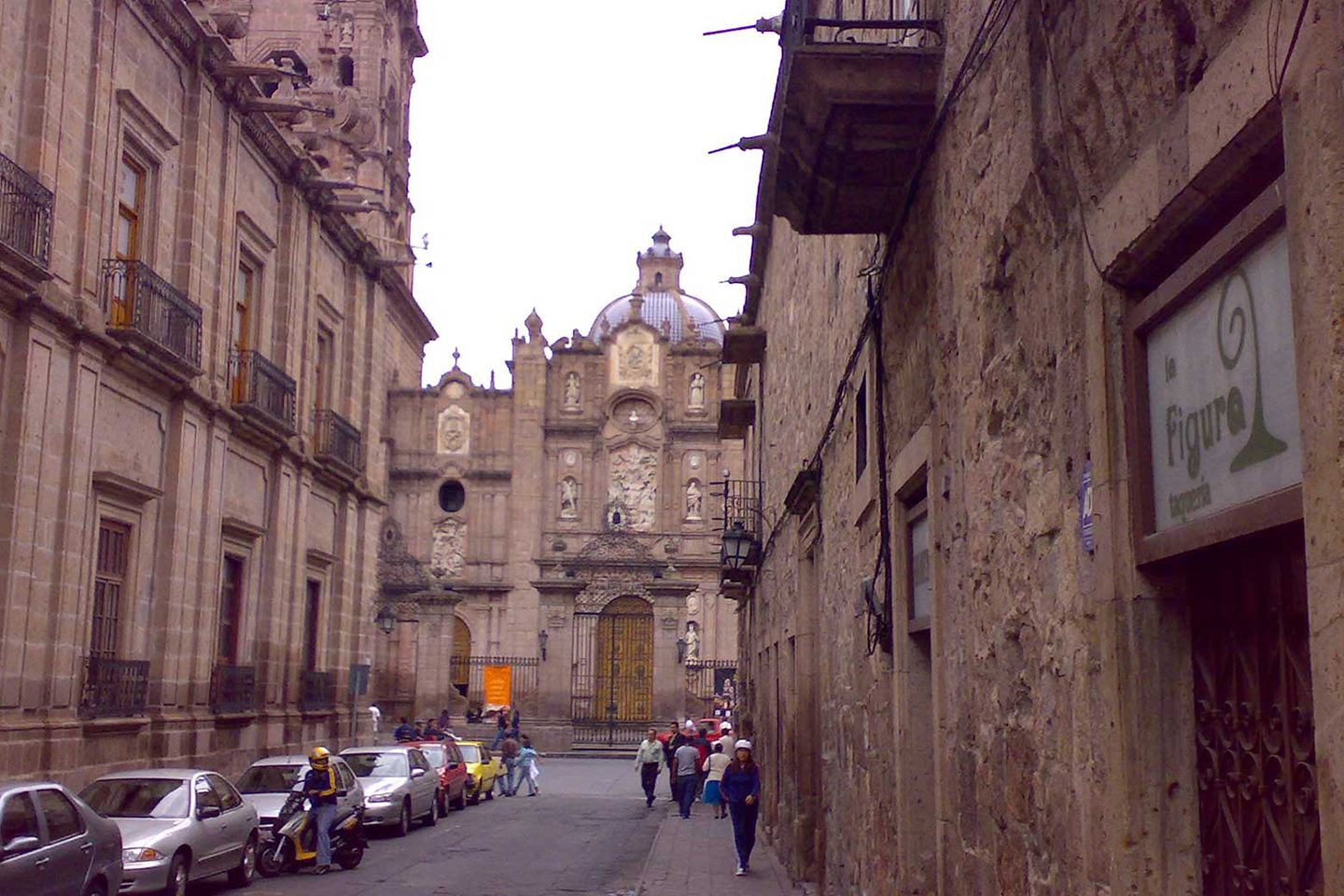
Morelia has an important value in the history of the country and has seen the birth of several decisive figures of independent Mexico.
With more than 200 buildings constructed from traditional pink rock from the region, its historic center is a great representation of Spanish urban planning, combining the Mesoamerican experience with ideas from the Spanish Renaissance.
Pre-Hispanic City of El Tajín, Veracruz (1992)
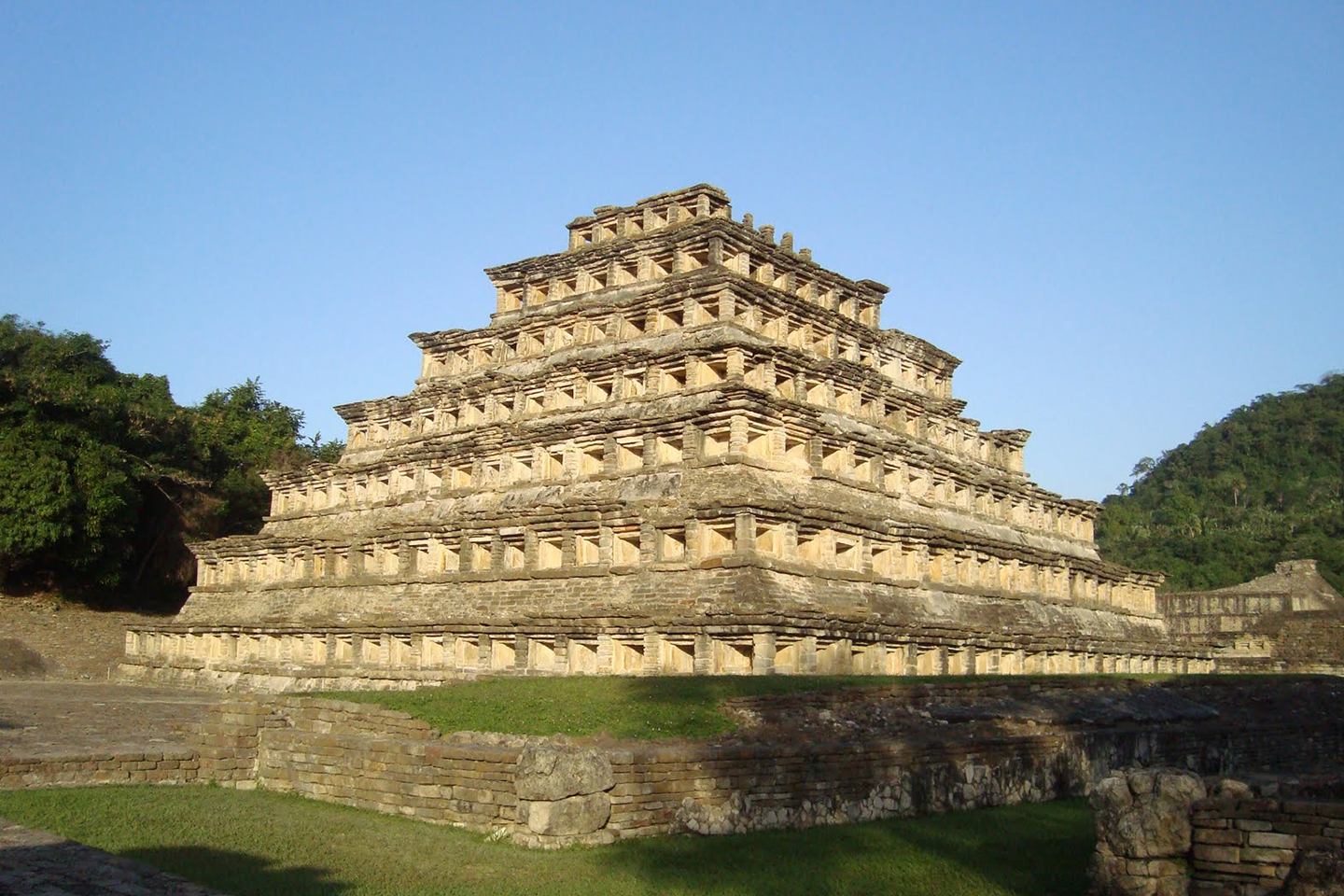
Tajín is an archaeological zone where you will find samples of the greatness and importance of the pre-Hispanic cultures in Mexico. It became the most important city in northwestern Mesoamerica after the fall of Teotihuacán. It reached its apogee between the 9th and 13th centuries.
Its architecture is unique, especially for the reliefs on the friezes and columns elaborated in great detail.
In the Pyramid of the Niches, an architectural masterpiece, you can admire the symbolic and astronomical significance of the buildings of ancient Mexican architecture.
Rock Paintings of the Sierra de San Francisco, Baja California Sur (1993)
The Rock Paintings of the Sierra de San Francisco are an archaeological site in the great mural style, which flourished in the pre-Columbian Aridoamerican era in the Baja California Sur peninsula, in Mexico.
The cave paintings stand out for their designs, antiquity and extensive distribution. All of them exhibit many colors highlighting the size of the animals and plants. They are varied and include different species of flora and fauna of the region.
Historic Center Of Zacatecas (1993)
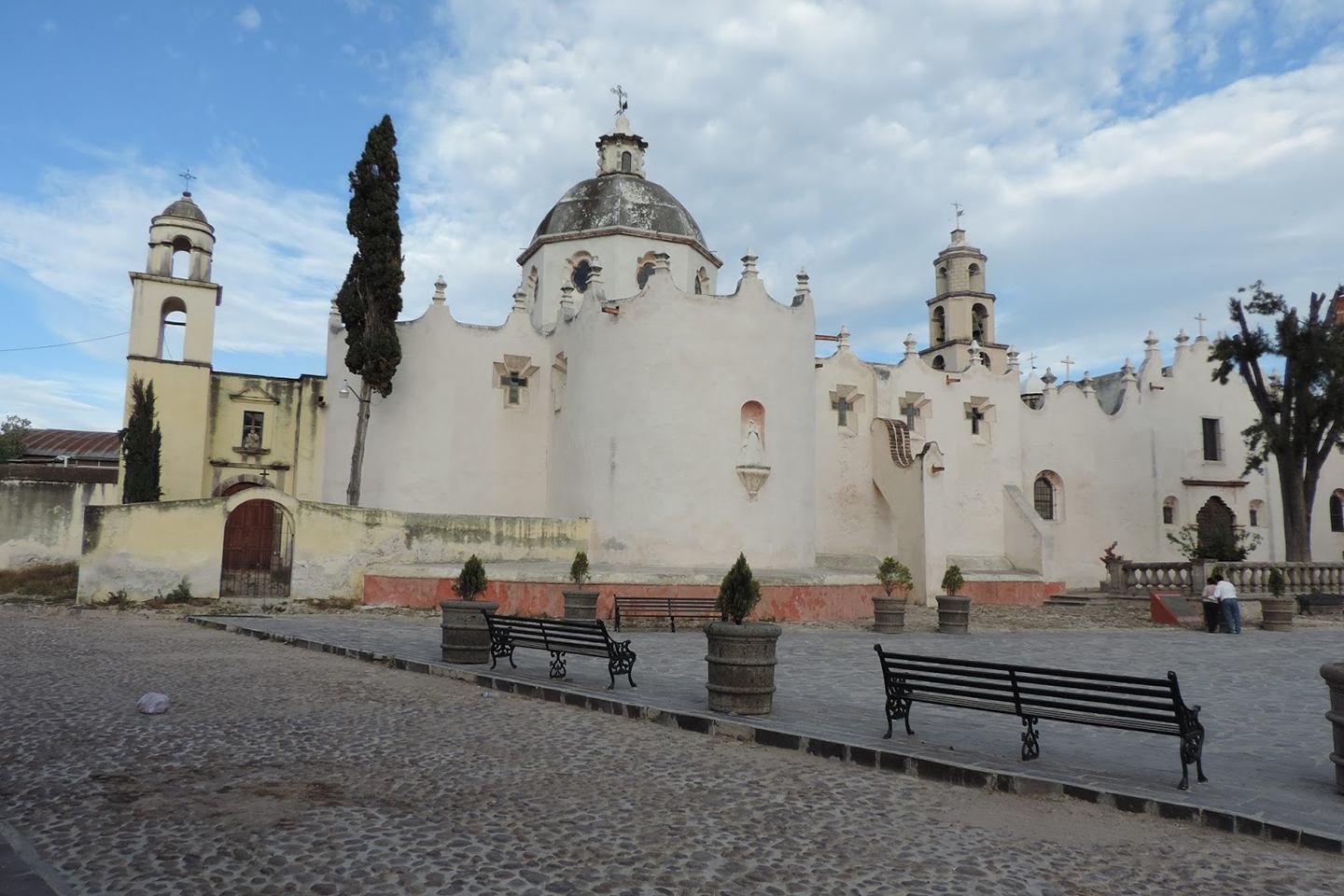
Zacatecas was founded in 1546 when silver was discovered in the region. Among its fascinating civil and religious buildings, the cathedral built between 1730 and 1760 stands out.
In the harmonious design of its rocky facades, the fusion of indigenous and European decorative elements can be appreciated.
The city also offers a fantastic view due to its construction on steep slopes within a narrow valley.
First Monasteries of the 16th century on the slopes of Popocatepetl (1994)
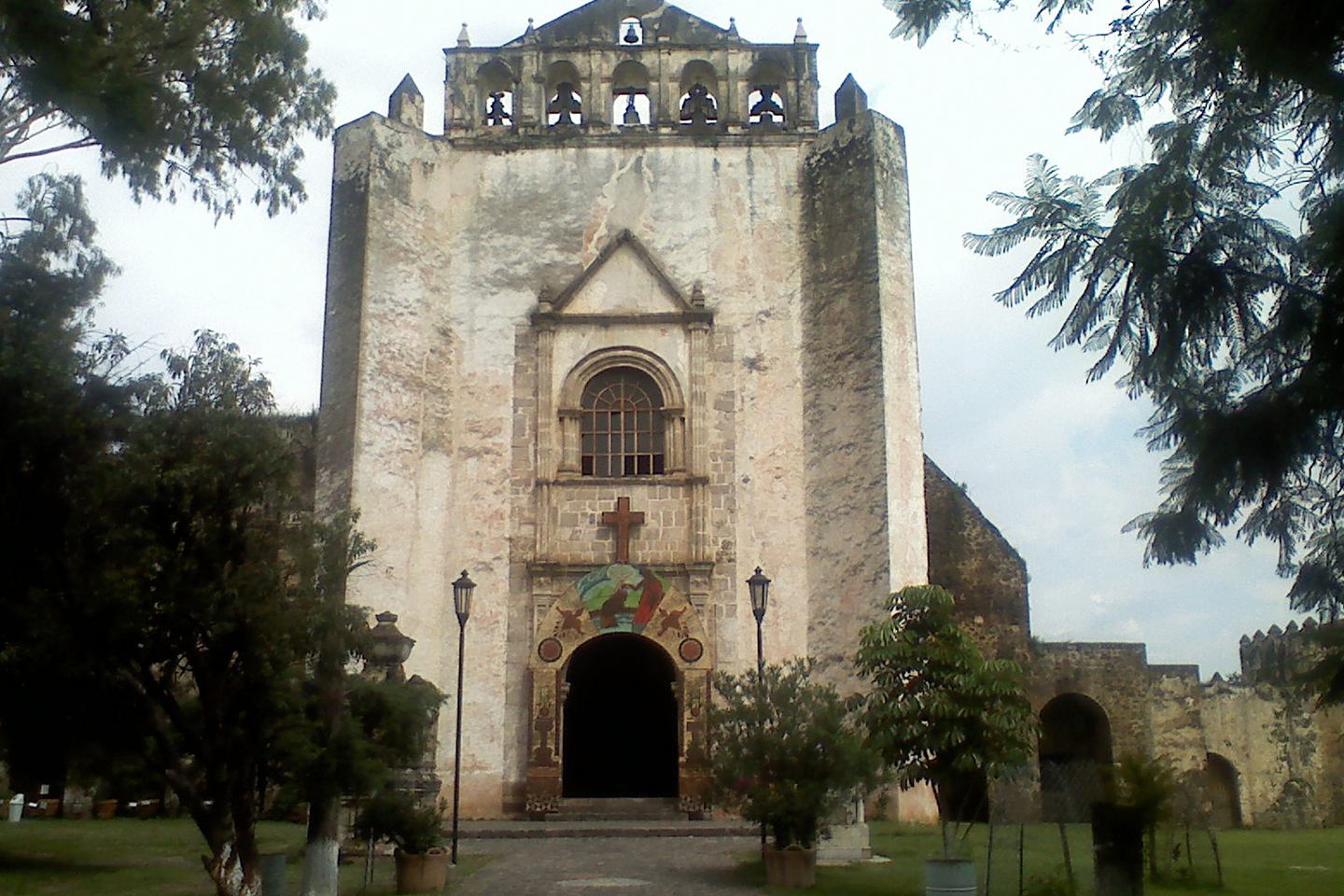
The first monasteries of the 16th century are southeast of Mexico City. They are 14 perfectly preserved. They are a representation of the architectural model of the first missionaries made up of Augustinians, Dominicans and Franciscans, who evangelized the natives during the 16th century.
The new architectural vision of the monasteries had a great influence throughout the Mexican territory.
Historic Monuments Area of Querétaro (1996)
The old colonial city of Querétaro preserves its indigenous roots in winding streets, with the Spanish touch in the geometric design of its neighborhoods.
In it you will find a variety of ancient, religious and civil buildings, in the Baroque style, with detailed ornaments dating from its golden age, between the 17th and 18th centuries. In Querétaro, Spanish, Tarascan, Otomi and Chichimecas lived in harmony.
The structures that stand out the most are the Aqueduct, symbol of the city since its construction in 1735 and the Theater of the Republic, site of the premiere of the Mexican National Anthem, the trial of Maximiliano and the promulgation of the Constitution of 1917.
Pre-Hispanic City of Uxmal, Yucatán (1996)
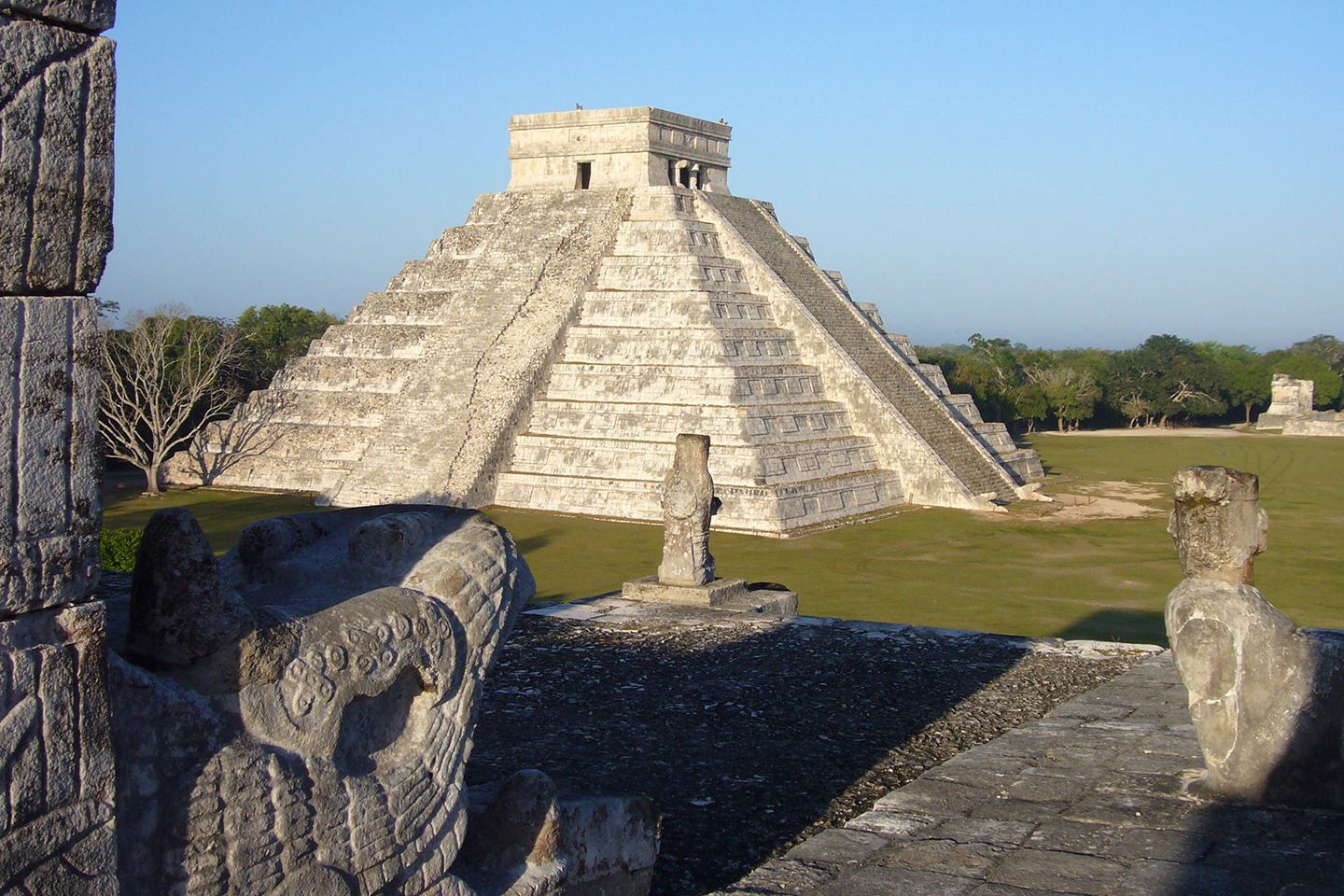
Hospicio Cabañas De Guadalajara, Jalisco (1997)
Emblematic building of the city of Guadalajara now headquarters of the Cabañas Cultural Institute.
Hospicio Cabañas is very similar to the Palacio de Minería in Mexico City and is an example of Mexican neoclassical architecture. Inside you will admire some of the most important murals by José Clemente Orozco, a renowned Mexican muralist.
The property has 106 rooms, 23 patios, two beautiful chapels and 72 corridors. It is divided into a movie theater, an arts school and museum rooms where you will enjoy exhibitions.
Historic Monuments Area of Tlacotalpan, Veracruz (1998)
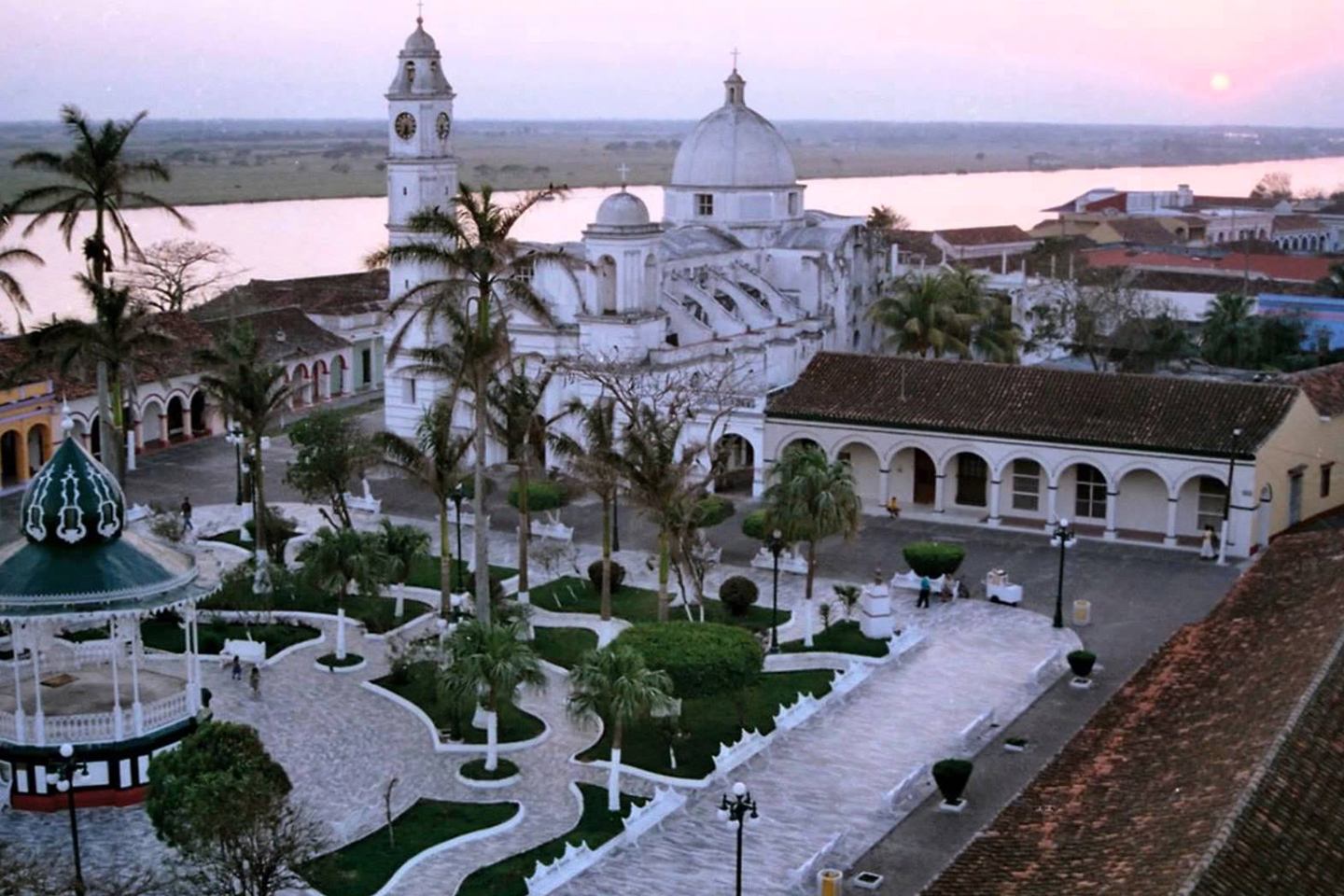
The “divided land”, as Tlacotalpan, in Veracruz is also known, is recognized for its annual music festivals, such as the Calendaría festivities from January 31 to February 9.
This celebration formed a historical and cultural link between the music of west-central Africa, Andalusia, and native Mesoamerican cultures.
This municipality on the coast of the Gulf of Mexico founded by Spaniards in the 16th century, preserves its colonial urban structure of wide streets, many leafy trees that decorate its squares and gardens and houses with colored arches and various styles.
Archaeological Zone of Paquimé (Casas Grandes), Chihuahua (1998)
Archaeological zone of the Paquimé culture northeast of Chihuahua. It means: “place of big houses”.
Their culture is believed to have been part of the so-called desert cultures of the southwestern United States, one of the most advanced civilizations in Mesoamerica with a peak between the 14th and 15th centuries.
Its excavations show the vitality of this culture adapted to its environment and that suddenly disappeared during the Spanish conquest.
Archaeological Monuments Area of Xochicalco, Morelos (1999)
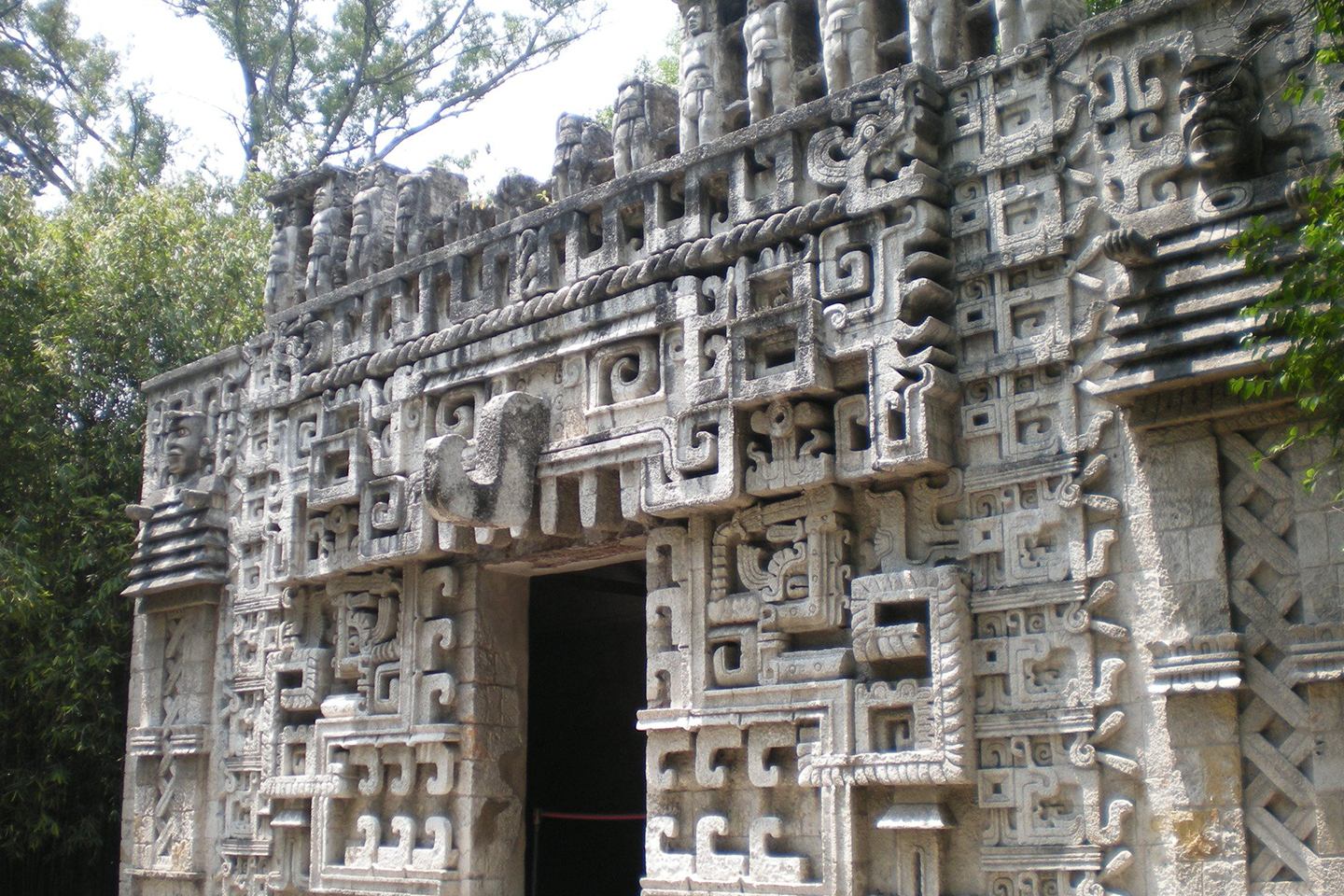
According to investigations, Xochicalco appeared after the abandonment of Teotihuacán. It had its apogee between the years 650 and 900 of our era, a period known as Epiclassic.
The main attraction of this archaeological site in Miacatlán, Morelos, is the Pyramid of the Feathered Serpent, the third most imposing building in Teotihuacan.
Another of its wonders is the observatory that was built inside a cave and where a beam of intense light illuminates it during the equinox.
This beam of light ends in a focus point less than a meter in diameter, where placing your hand creates an optical illusion of your bones on the ground, as if it were an X-ray.
Historic Fortified City Of Campeche (1999)
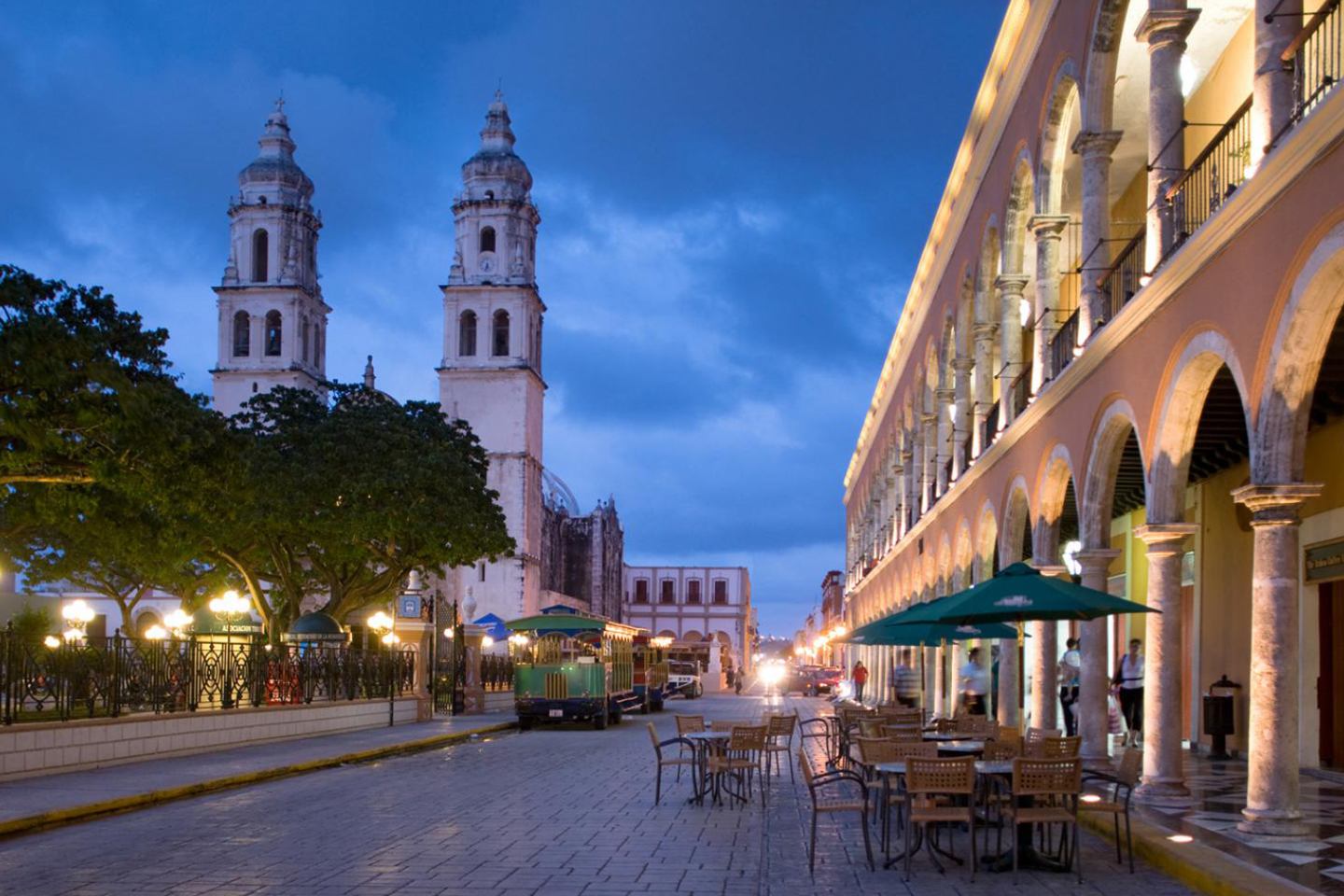
The city of Campeche was established in 1540 and was a strategic port for New Spain, from where honey, corn, salt, cotton, dye stick, wax, among other products were transported.
It was a point of exit to the sea very attacked by pirates for its wealth, with Henry Morgan, Lorencillo and Jean Lafitte, the most famous aggressors.
For this reason the Spanish prepared a fortification system now an example of the military architecture of the 17th and 18th centuries.
In the historic center of Campeche you will find its well-preserved walls and the fortification system built to protect the city from naval attacks.
Franciscan Missions of the Sierra Gorda of Querétaro (2003)
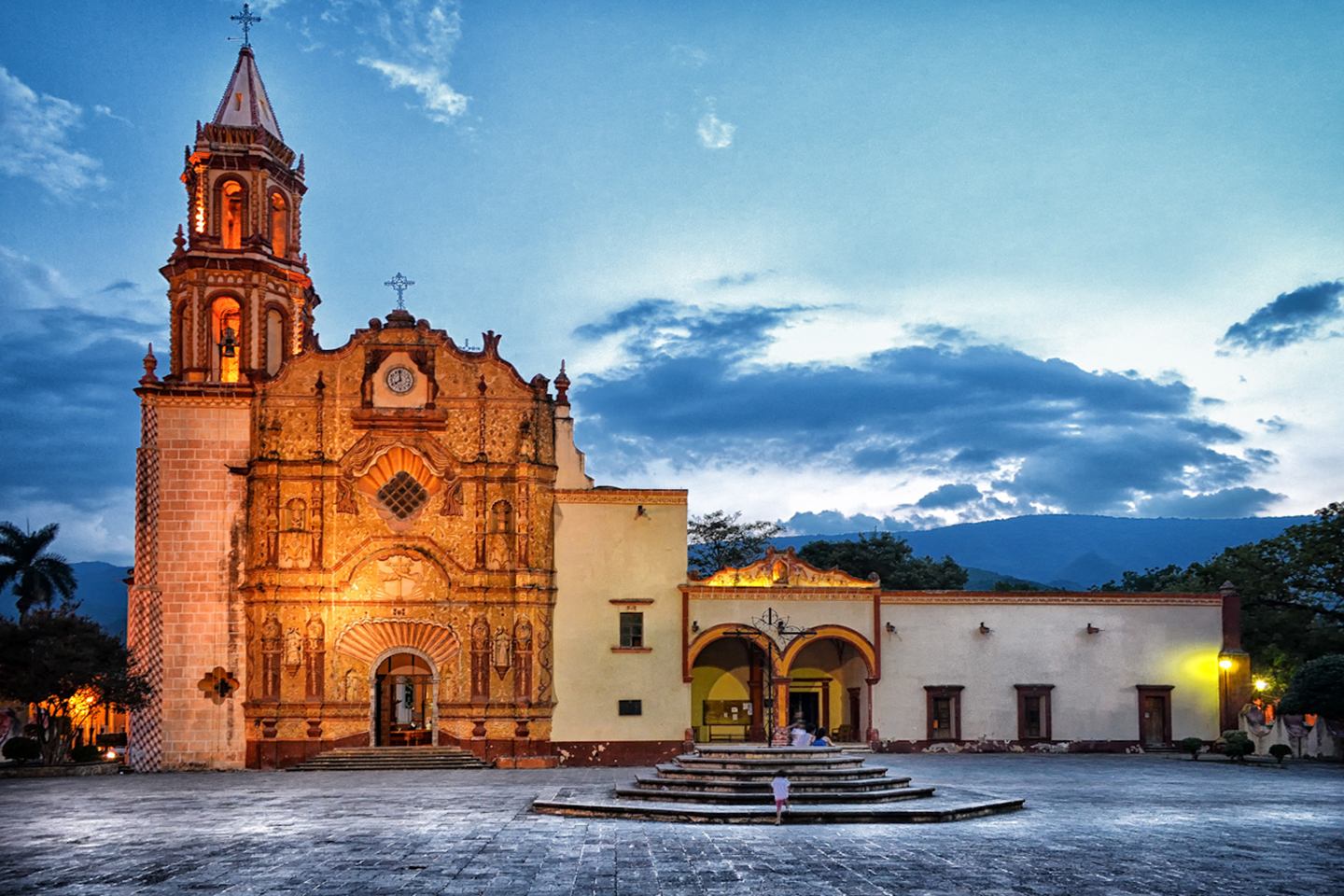
The Franciscan churches of the Sierra Gorda de Querétaro built in the middle of the 18th century belong to the last phase of evangelization in the interior of Mexico. They were a key element in evangelizing in Arizona, Texas and California.
According to Unesco, the Franciscan missions are a testimony to the exchange of values between Spain and Latin America during colonization. They are also a sample of stylistic and architectural unity, an example of the popular Baroque of New Spain.
Luis Barragán House-Workshop, Mexico City (2004)
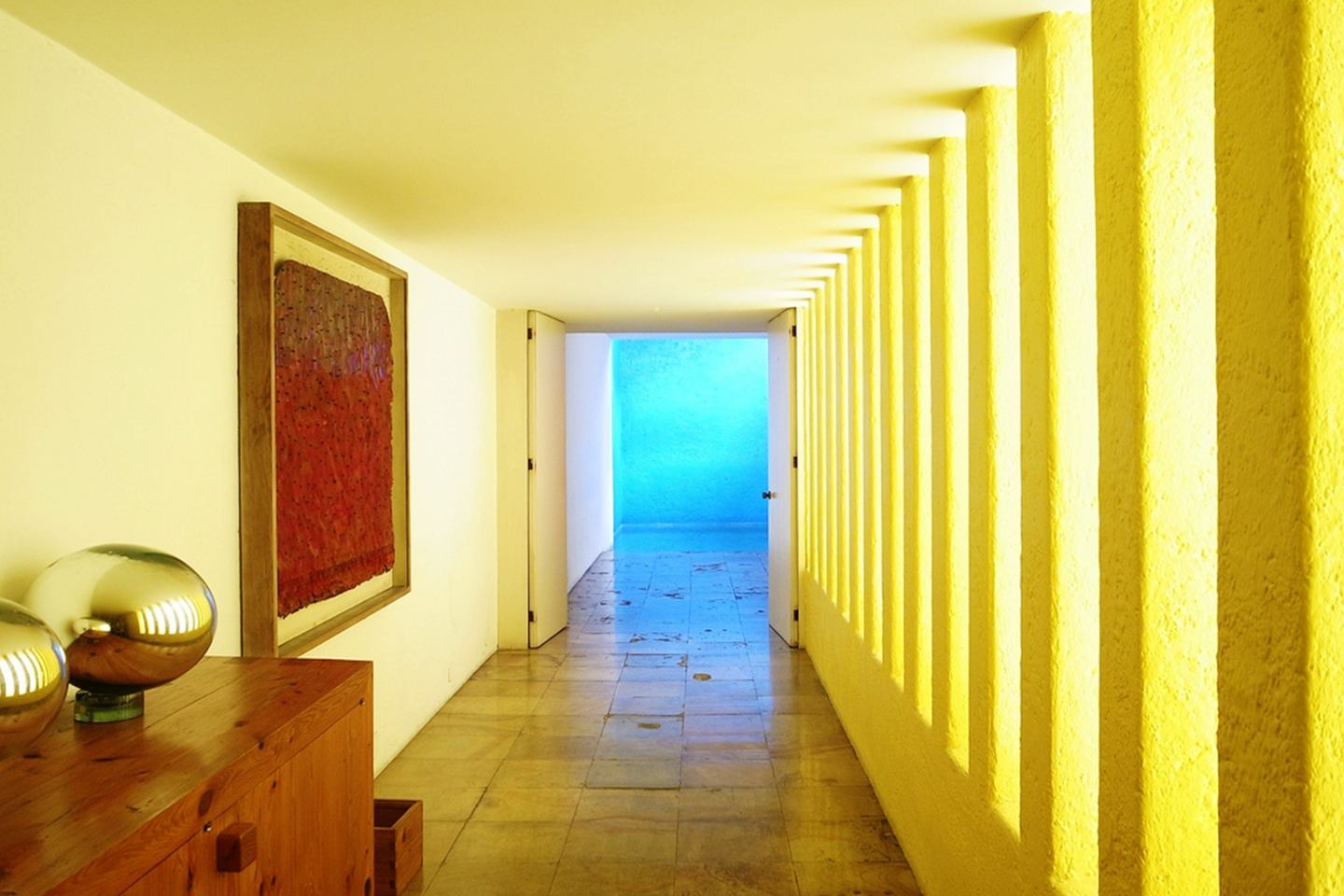
The House-Workshop built in 1948 was the home of the architect, Luis Barragán Morfín, the only individual property in Latin America recognized as a World Heritage Site.
It is a masterpiece of the modern movement that fuses traditional elements with various current artistic and philosophical currents.
Its grand design has influenced the construction of plazas, gardens, and landscapes throughout Mexico.
Landscape Of Agaves And Old Industrial Facilities In Tequila, Jalisco (2006)
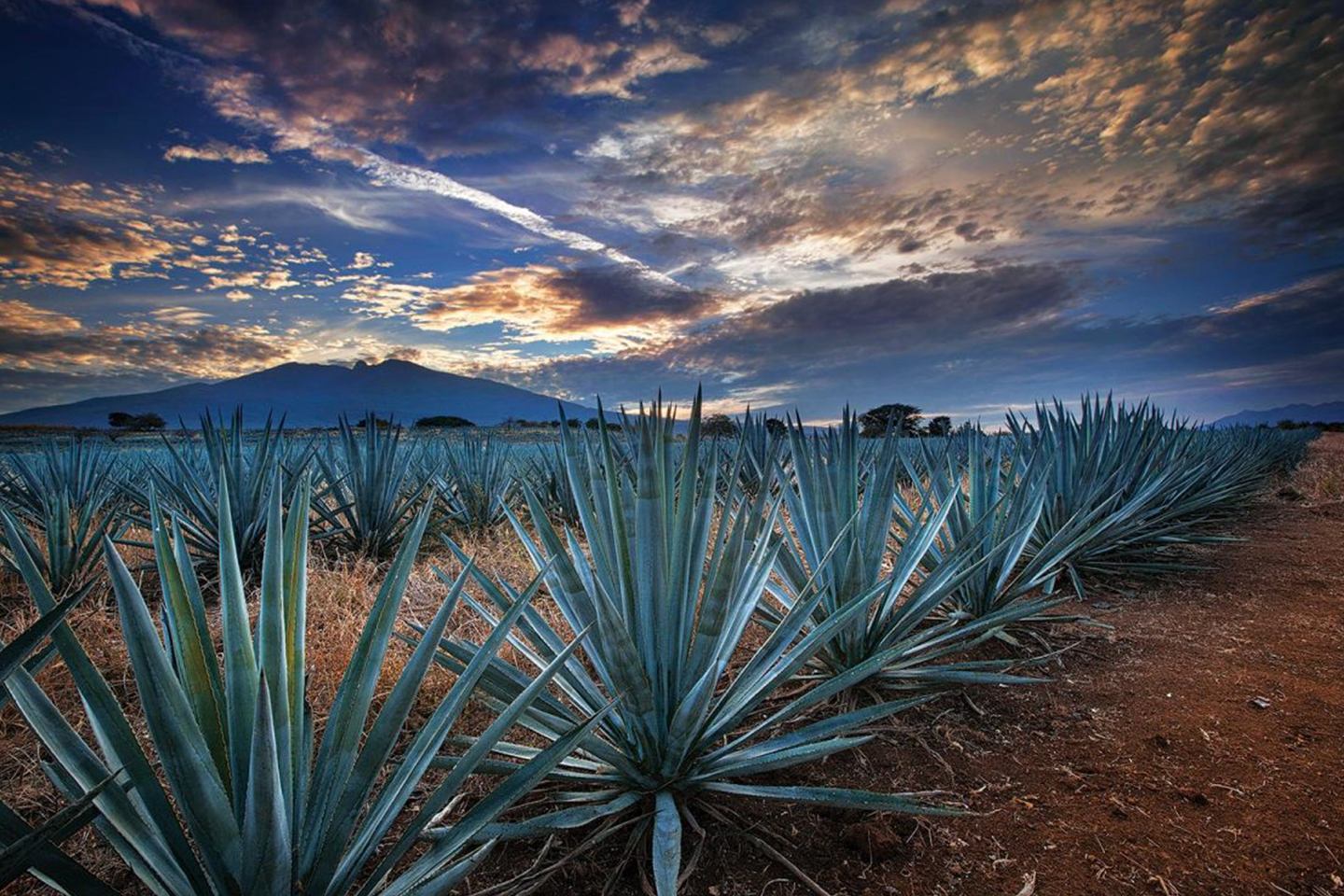
The agave landscape is full of beautiful blue agaves planted by the use of the plant since the 16th century. There are more than 38 hectares of land between the Rio Grande de Santiago Valley and the Tequila volcano.
In these you will also find industrial facilities that reflect the increase in the consumption of this drink since the 20th century.
This heritage is divided into two areas: the archaeological zone of Los Guachimontones de Teuchitlán and the Valley of Tequila and Amatitlán.
Central Campus of the University City of UNAM, Mexico City (2007)
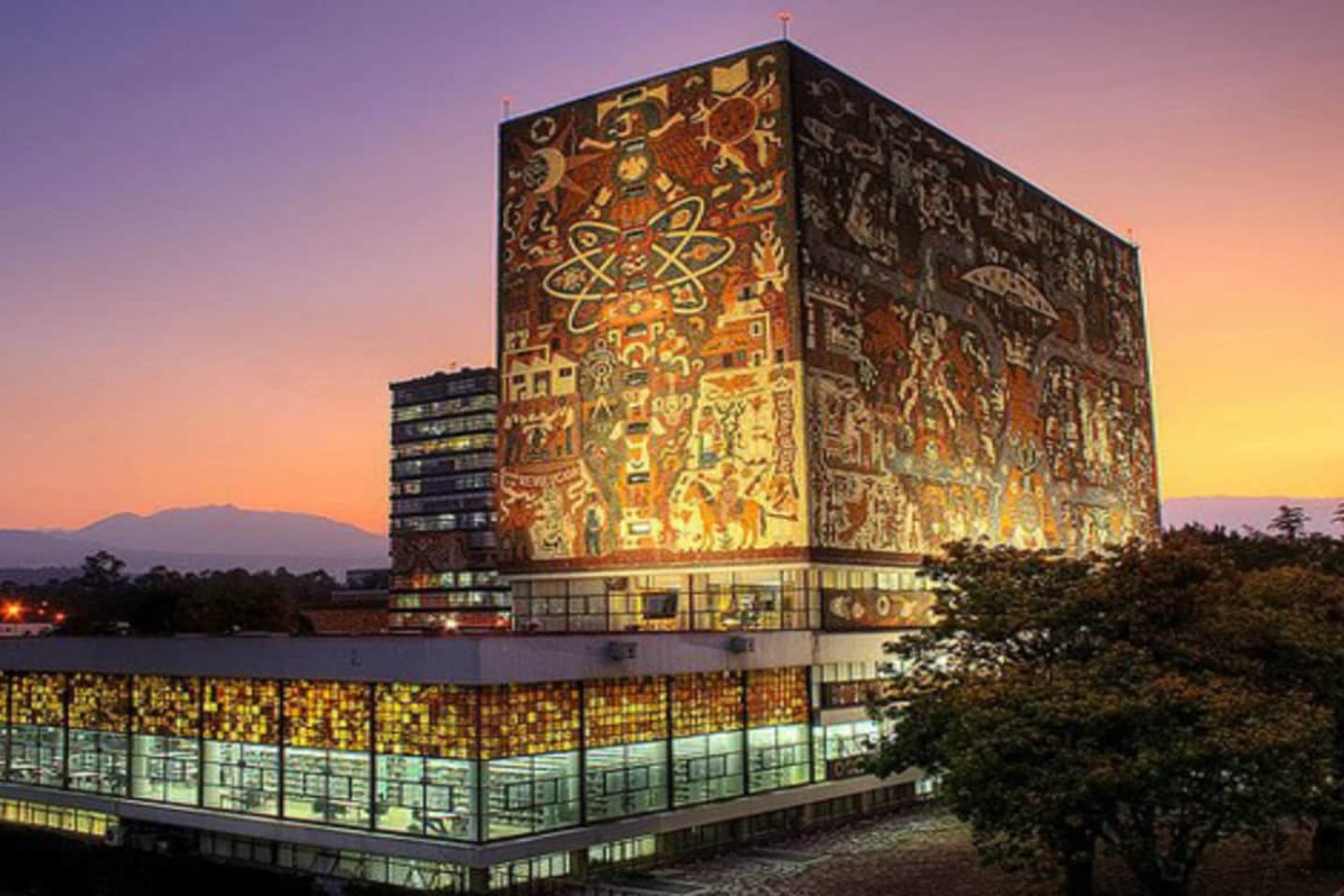
The central campus of the National Autonomous University of Mexico (UNAM) built between 1949 and 1952 to the south of the Mexican capital, includes sports facilities, open spaces and buildings with murals.
The monumental work that represents the modernism of the XXI century is the result of the work of 60 engineers, architects, artists and workers.
The central campus fuses architecture with urbanism, fine arts and landscaping, associated with the pre-Hispanic past and local traditions of Mexico.
The complex, declared a World Heritage Site in 2007, is one of the most outstanding symbols of modernity in Latin America.
Protective Villa of San Miguel the Great and Sanctuary of Jesus Nazarenos de Atotonilco, Guanajuato (2008)
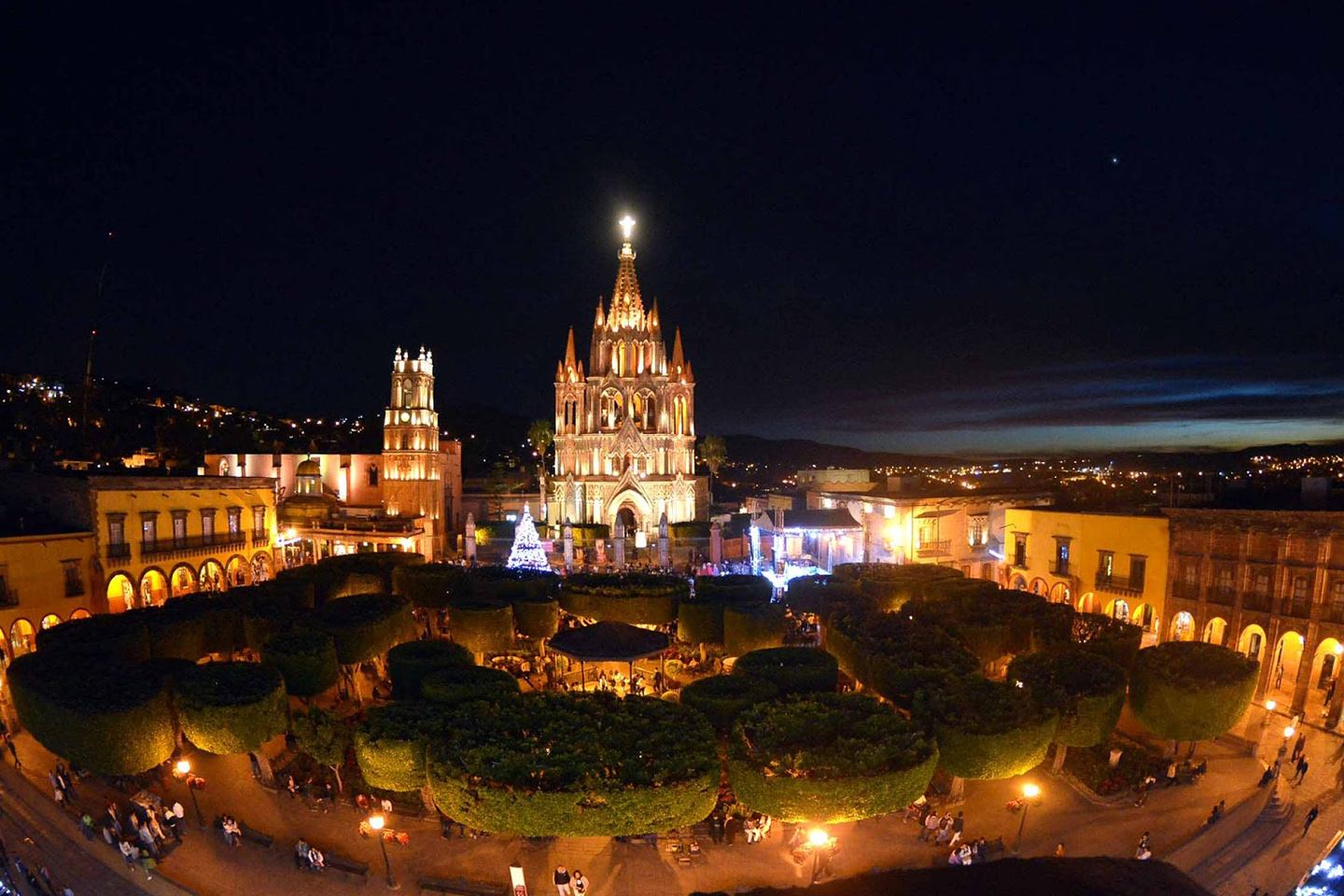
The city of San Miguel de Allende was founded in the 16th century to protect the Camino Real in the interior of the country, one that linked Mexico City with Santa Fe, in the United States. It was an important place for cultural exchange between Spanish, indigenous and Creole cultures.
In the 18th century, religious and civil buildings were built, some of them masterpieces in a transitional style between neoclassical and baroque.
The sanctuary of Jesús Nazareno de Atotonilco also dates from the 18th century. It was built by the Jesuits 14 kilometers from the city of San Miguel and is one of the most beautiful examples of Baroque art and architecture in New Spain.
The temple includes a huge church with small chapels decorated with murals by Miguel Antonio Martínez and oil paintings by Juan Rodríguez Juárez. Its architectural style and interior ornamentation reveal the influence that the doctrine of San Ignacio de Loyola had.
Prehistoric Caves of Yagul and Mitla in the Central Valleys of Oaxaca (2010)
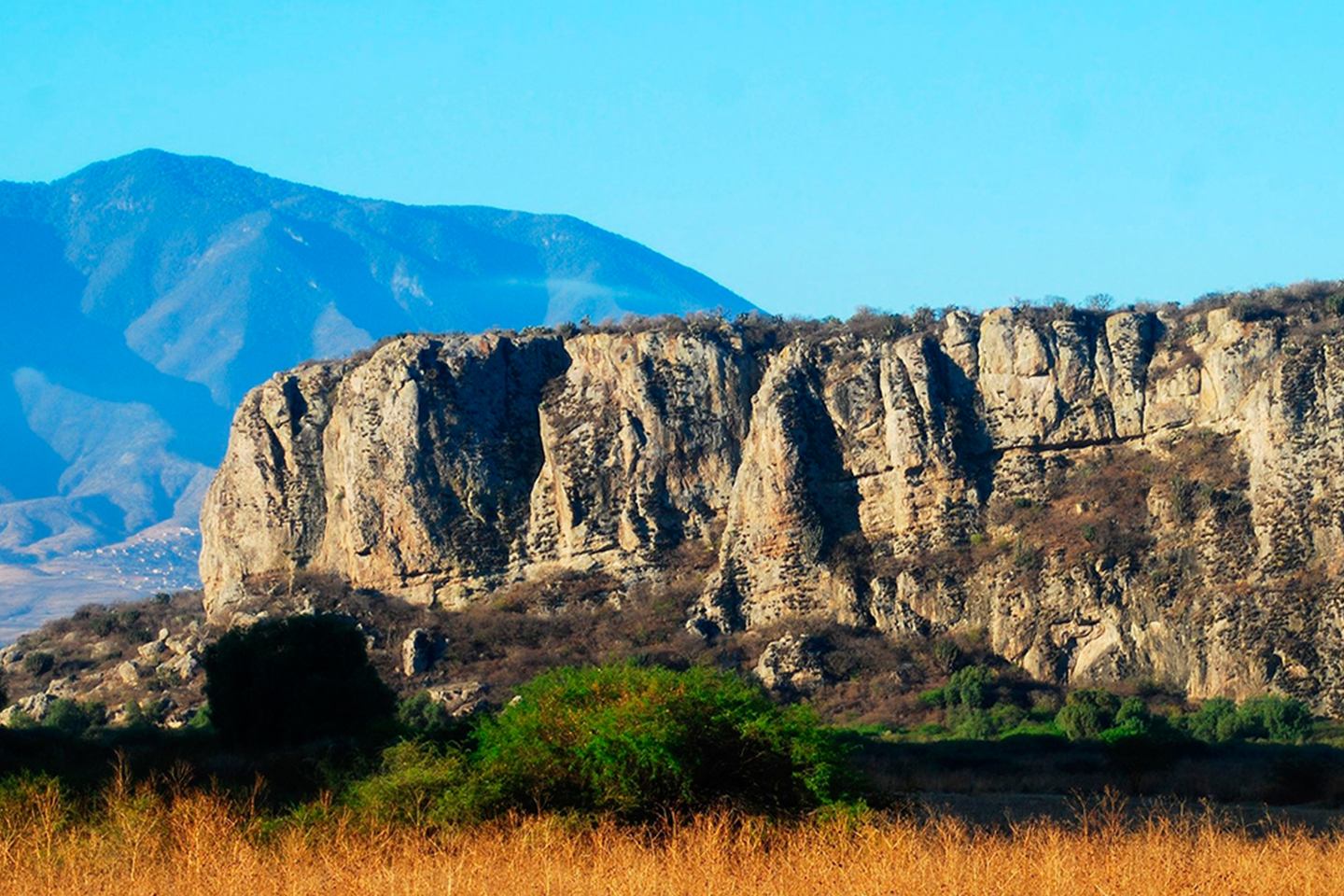
Caves with rock art and archaeological remains that testify to the lifestyle of the first sedentary farmers.
The Tlacolula Valley keeps pre-Hispanic signs, refuges and prehistoric caves. In one of them, the Guilá Naquit, seeds of cucurbits with more than 10 thousand years and ears of corn were found, being now the oldest remains of domesticated plants discovered in the American continent.
The Yagul and Mitla caves were important places where the domestication of plants from all over North America took place, opening the way for the development of Mesoamerican civilizations.
Camino Real De Tierra Adentro (2010)
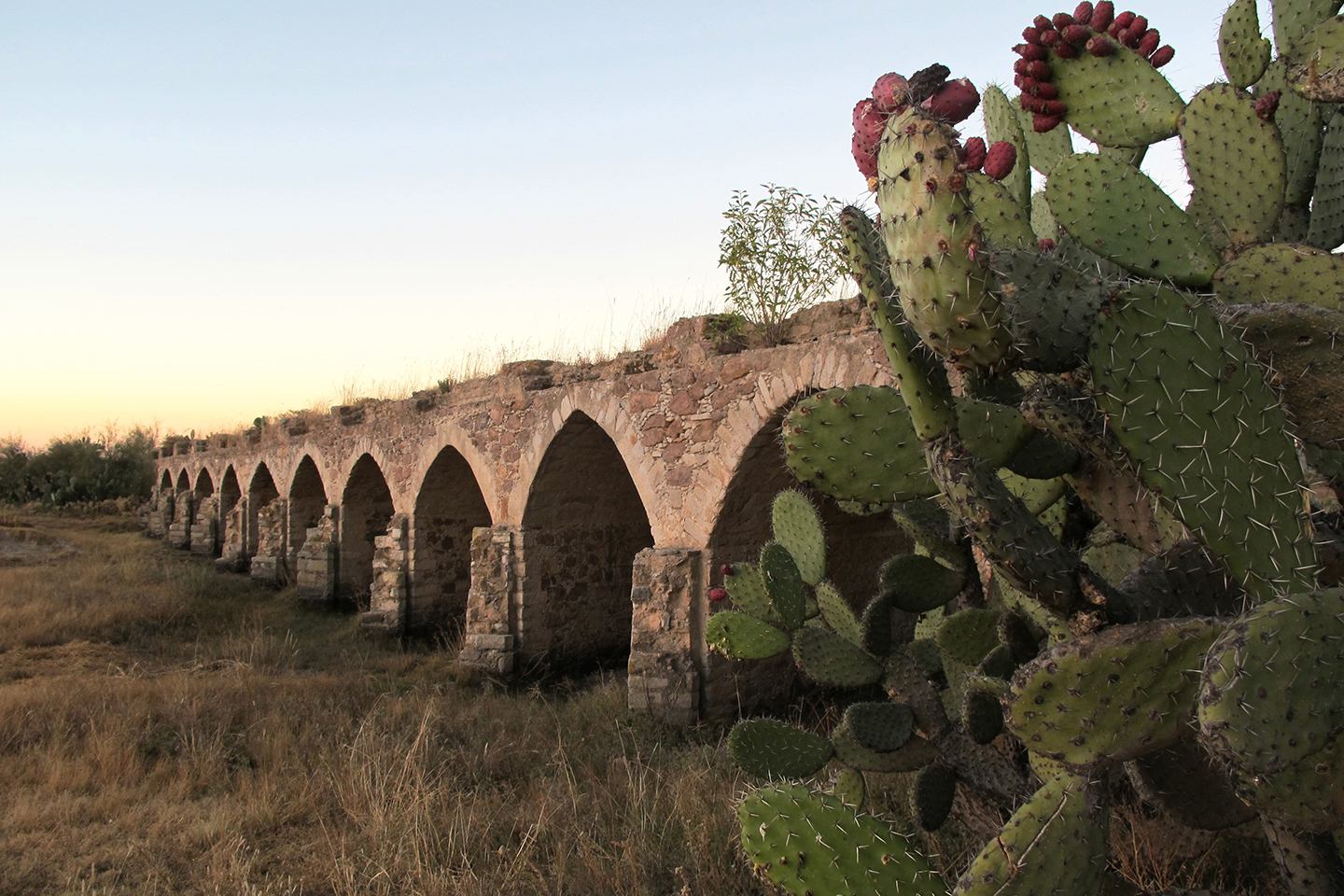
The Camino Real with its large silver deposits began from Mexico City to Santa Fe, in the United States. It was used to transport the chemical element extracted from the mines of Guanajuato, Zacatecas and San Luis Potosí.
Although its main use was related to mining, the construction of the also known as the “road to Santa Fe”, fostered cultural, religious and social links between the Amerindian and Hispanic cultures.
Hydraulic System of the Aqueduct of Padre Tembleque, State of Mexico and Hidalgo (2015)
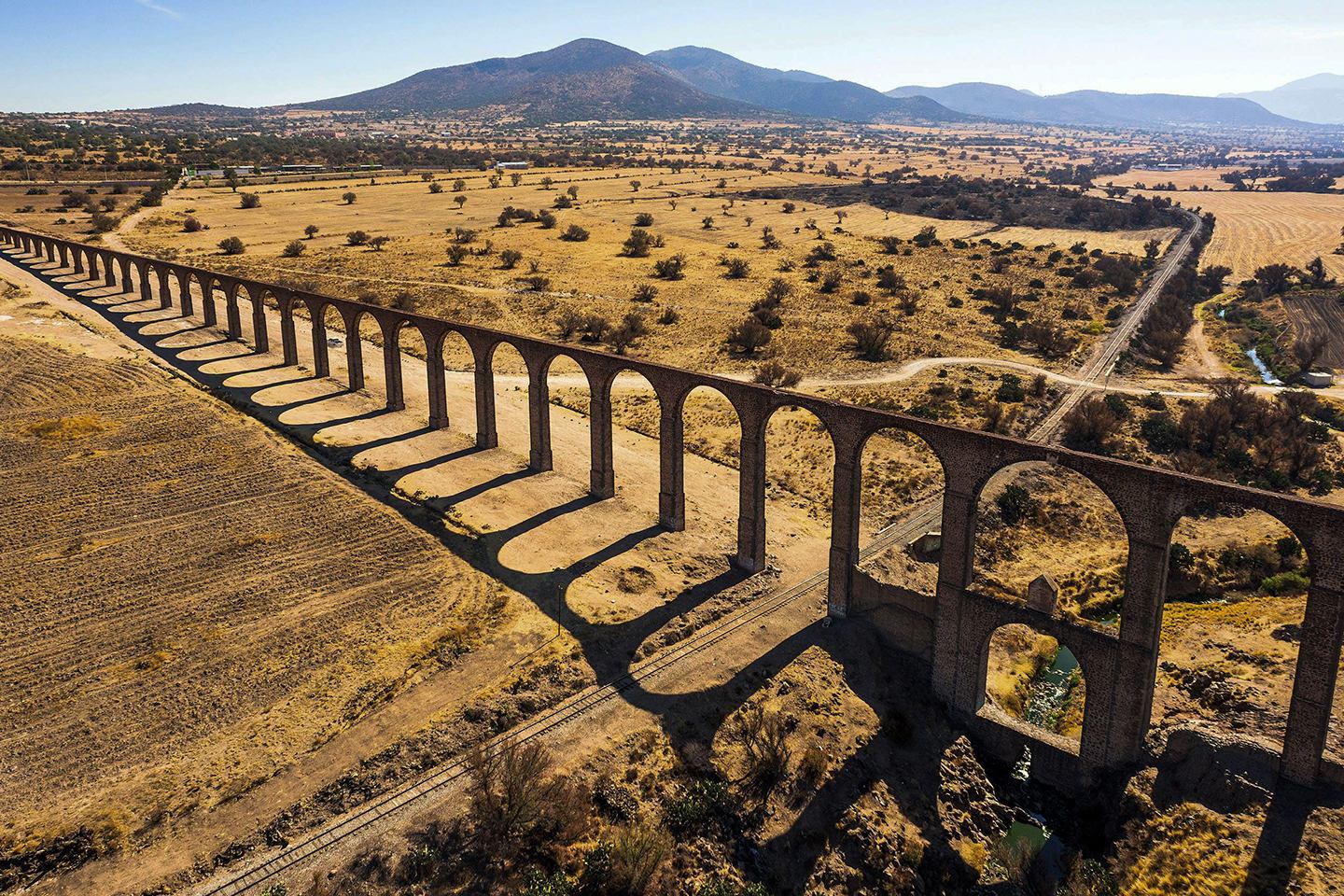
Aqueduct initiative of the friar, Francisco de Tembleque, built by local communities in the 16th century, between the states of Hidalgo and Mexico, in the central Mexican plateau.
The hydraulic complex consists of a water catchment area, a network of channels, sets of reservoirs and several bridges or aqueducts.
Its construction demonstrates the influence of European knowledge on hydraulic systems and the techniques of using traditional Mesoamerican adobe falsework.
Mixed Patrimonies of Mexico
Ancient Mayan City and Protected Tropical Forests of Calakmul, Campeche (2002/2014)
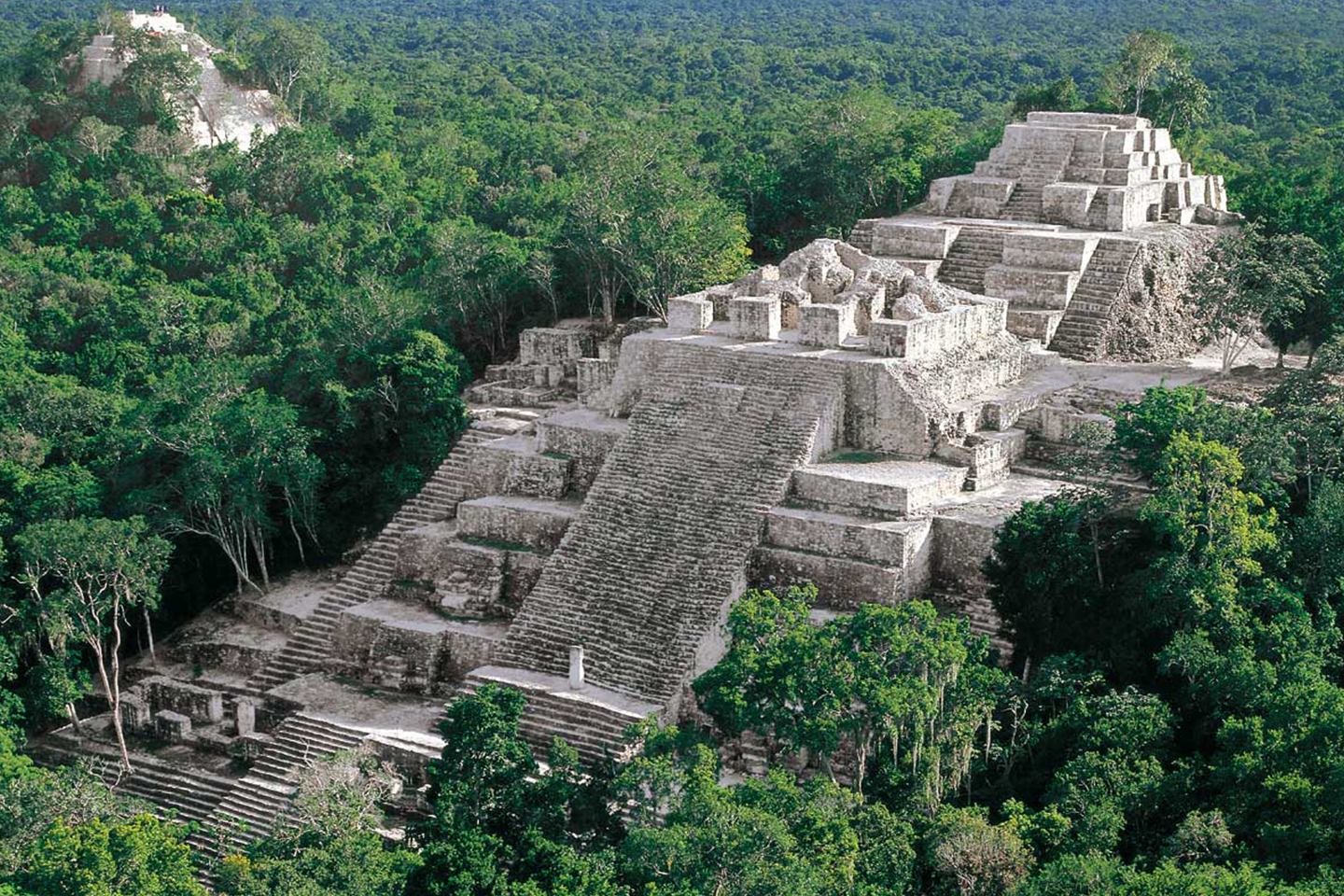
The ancient Mayan city of Calakmul is within the Calakmul Biosphere Reserve, southeast of the state of Campeche. It was very important in the history of the region for the more than 12 centuries that it lasted.
Thanks to its good state of conservation we can now see a clear image of what life was like in it.
The more than 723 thousand hectares of tropical forests in Calakmul are the last well-preserved tropical forest extensions in America. Region that includes all the tropical and subtropical ecosystems that exist on the continent.
Valley Of Tehuacán-Cuicatlán, Puebla And Oaxaca (2018)
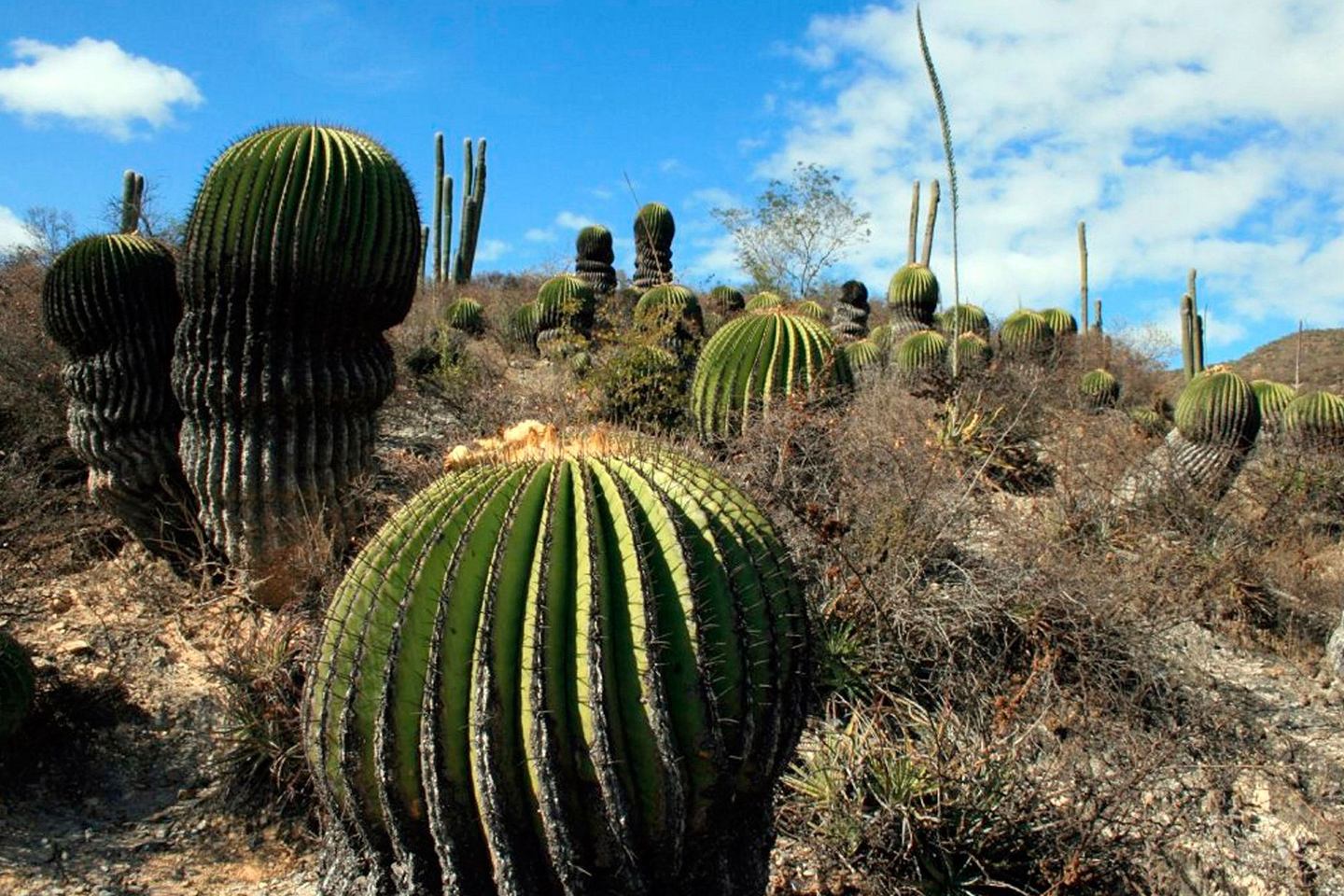
Semi-arid and arid area with the greatest biological diversity in all of North America. Protected natural area of the Sierra Madre del Sur, between the states of Oaxaca and Puebla.
The valley has the densest cactaceous forests in the world, which with the magueys, holm oaks and yuccas, form a unique landscape on the entire planet Earth.
Archaeological evidence shows a technical advance that resulted in the early domestication of plants.
The Tehuacán-Cuicatlán Valley contains the oldest water management systems on the continent, made up of aqueducts, canals, and dams, which allowed their communities to live off agriculture.
Natural Heritage of Mexico
Sian Ka´an, Quintana Roo (1987)
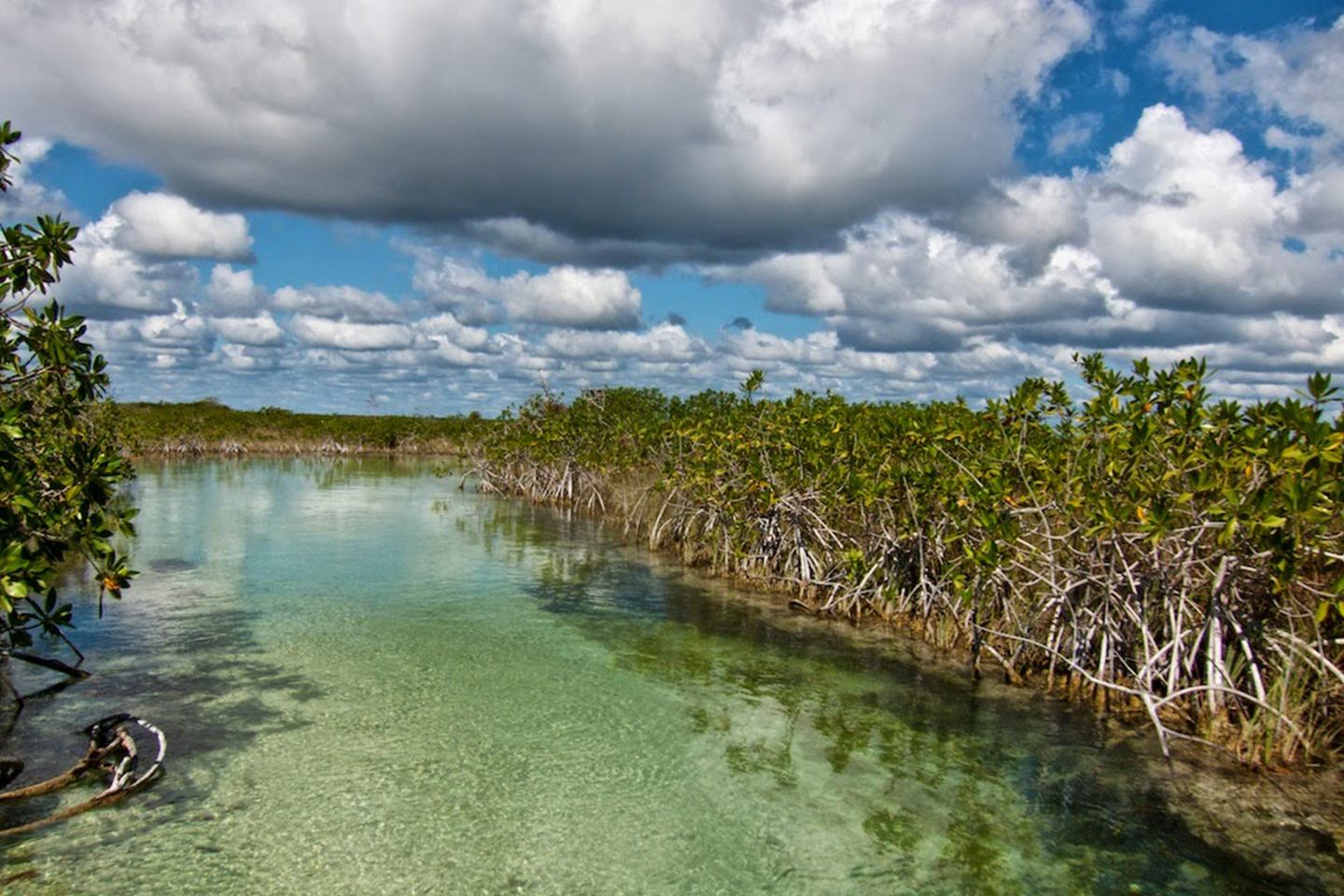
Sian Ka’an is a biosphere reserve that belongs to the geological province of the Yucatan peninsula.
Most of its surface is limestone, a characteristic that favors the creation of wells known as cenotes. In front of its coasts is the second largest coral reef in the world.
One of its most attractive ecosystems is known as petenes, made up of masses of trees up to 30 meters high that rise above the swamps. You will only see them in Yucatan, Florida and Cuba.
Sian Ka’an means in Mayan, “door of heaven”.
El Vizcaíno Whale Sanctuary, Baja California Sur (1993)
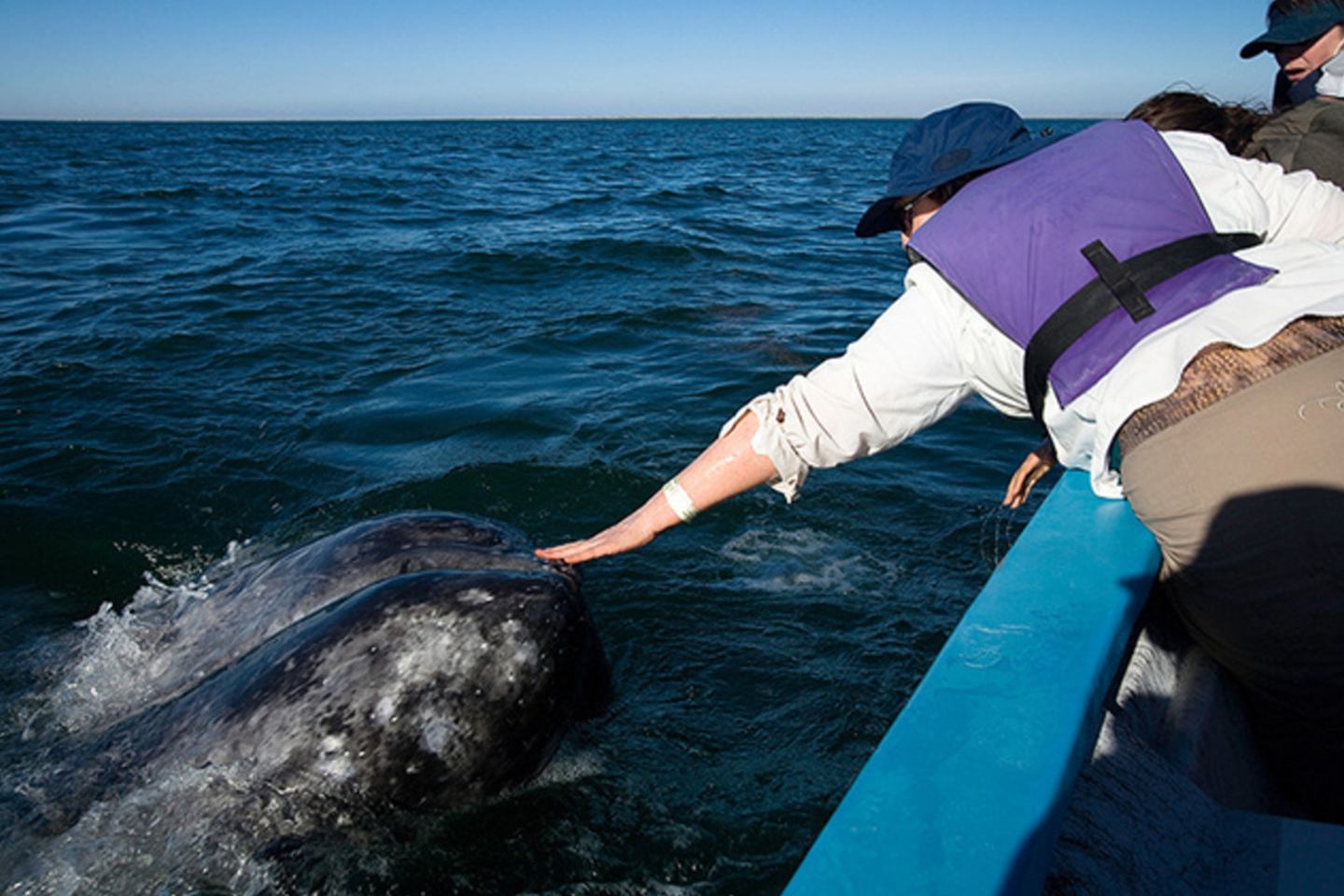
The sanctuary is north of Baja California Sur and encompasses important ecosystems.
The gray whale, a marine animal in danger of extinction, inhabits the San Ignacio and Ojo de Liebre lagoons, ideal for the reproduction of the species.
This protected area is also home to blue whales, sea turtles, sea elephants, sea calves and sea lions.
Islands And Protected Areas Of The Gulf Of California (2005)
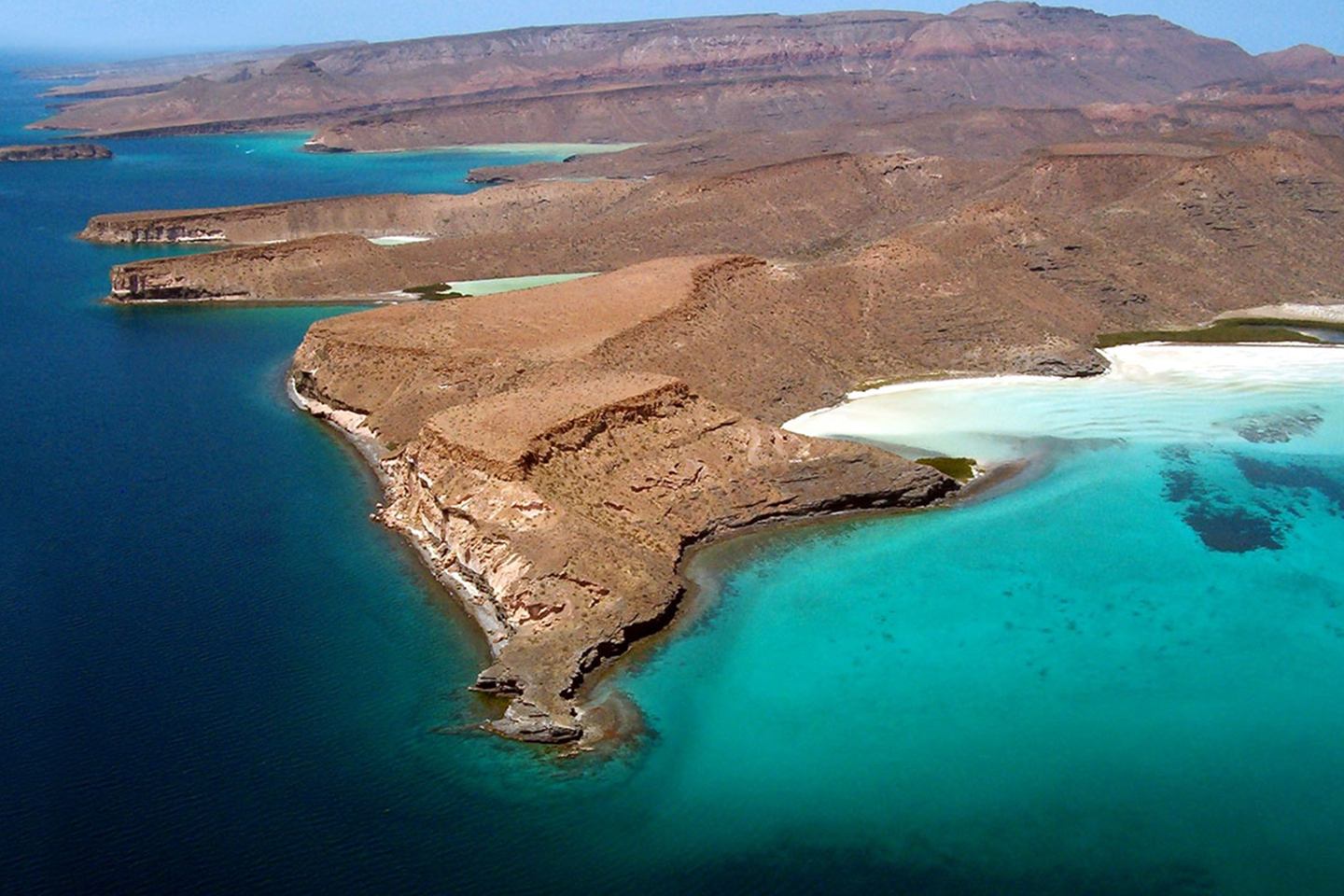
This site is made up of 244 islands, littoral areas and islets in the Gulf of California that have been used for the study of oceanic and coastal evolution.
They are beautiful islands where the turquoise of the sea is combined with the intense sun of the desert, the cliffs and the sands of its beaches.
This protected area is home to 33% and 39% of the world total of cetaceans and marine mammal species, respectively. In addition, it is the site inscribed on the list of world heritage sites with the highest number of plant species.
Monarch Butterfly Biosphere Reserve, Michoacán and Estado de México (2008)
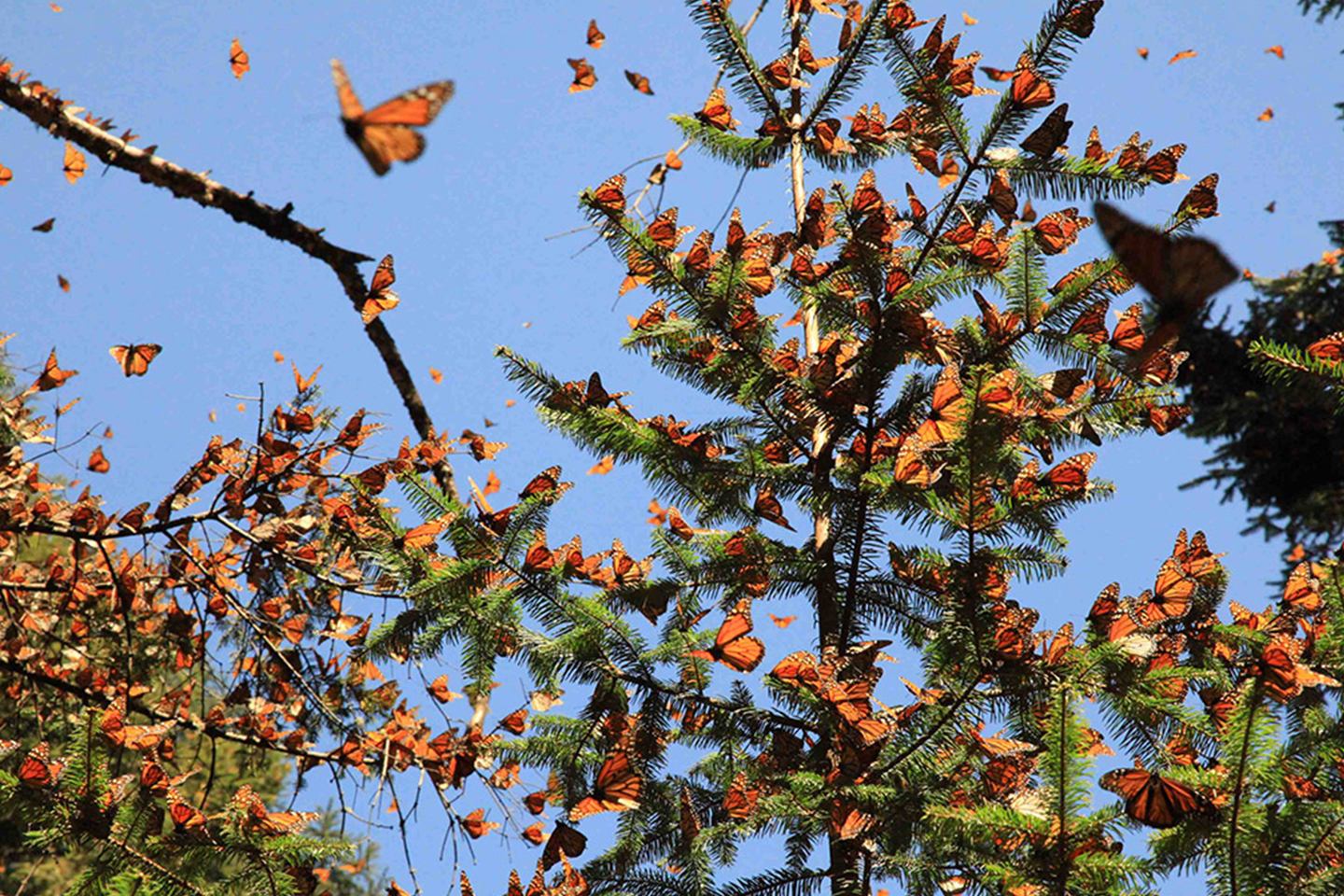
The Monarch Butterfly Biosphere Reserve east of Michoacán and part of the western state of Mexico was created to protect the habitat of the monarch butterfly.
Its mountains in the interior add a great variety of endemic species of flora and fauna.
During the fall, millions of monarch butterflies from North America come to nest in certain areas of the reserve’s forest, turning the trees a beautiful orange color.
Already in the spring they begin their 8-month emigration to the eastern part of Canada. How they know the exact location of their travels is still unknown to science.
El Pinacate and Gran Desierto de Altar Biosphere Reserve, Sonora (2013)
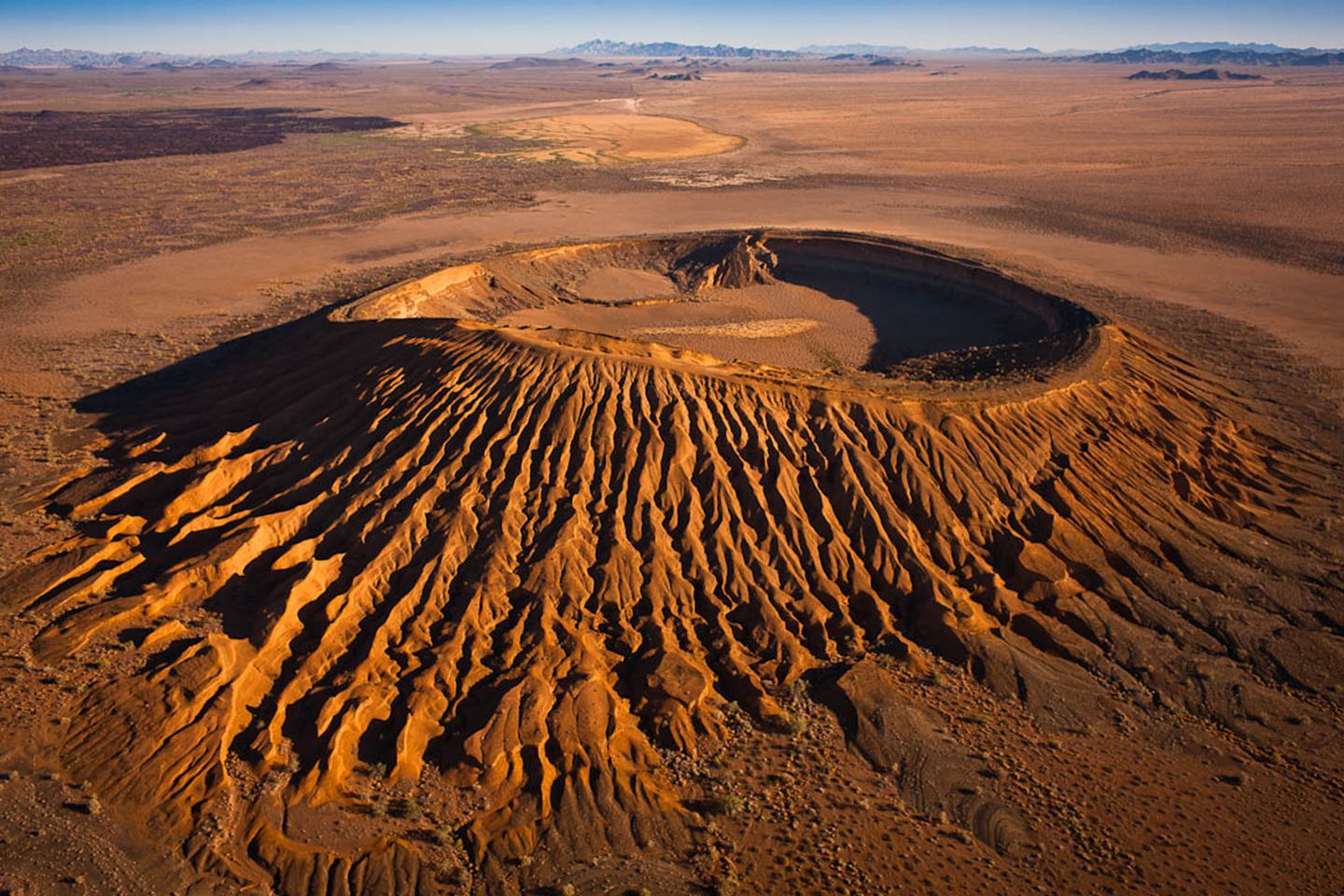
It encompasses two important sites: the Gran Desierto de Altar with its impressive dunes over 200 meters high and the inactive volcano, El Pinacate, with its desert landscapes formed by lava.
What enhances the natural beauty of the volcano are its 10 huge craters that have an almost perfect circular shape and that have been created by eruptions and landslides.
In the Altar Desert there are more than 1000 species of plants and animals, such as the Mexican pronghorn, an endemic species such as an antelope that only breeds in the states of Sonora and Arizona. It is considered the desert with the greatest biodiversity in the world.
Revillagigedo Archipelago (2016)
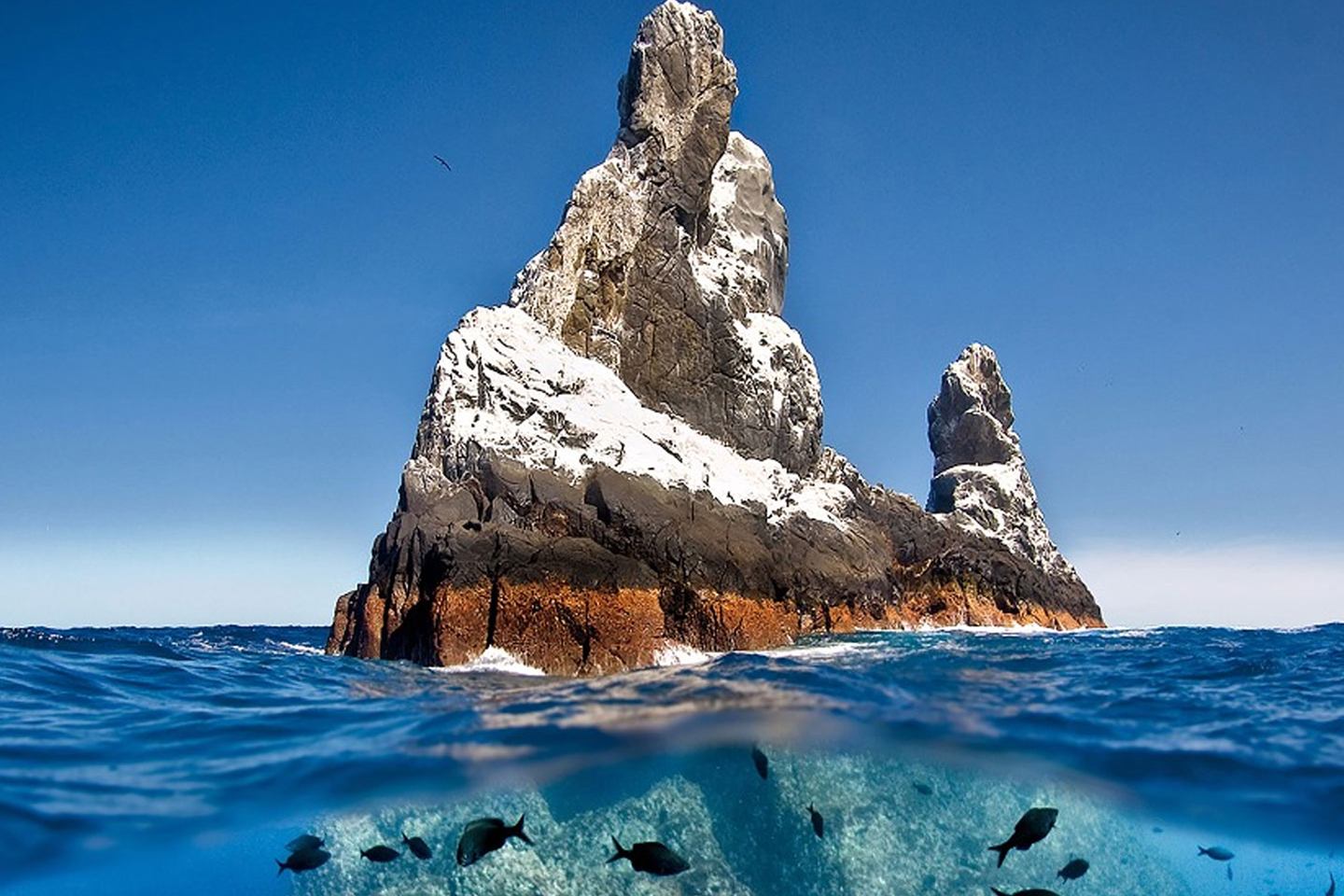
The Revillagigedo archipelago is made up of the islands of Clarión, Socorro, San Benedicto and the islet of Roca Partida.
Formed by the tips of volcanoes of an underwater mountain range, this archipelago in the Pacific Ocean has an ecosystem of great value for the different endemic species of plants and animals, especially seabirds.
The waters that surround the islands add species such as giant mantas, cetaceans, sharks and dolphins.
Mexico rich in world heritage
Mexico’s 35 World Heritage Sites make it the seventh country with the most places inscribed in this Unesco classification. It is only surpassed by India, France, Spain, China, Italy and Spain.
